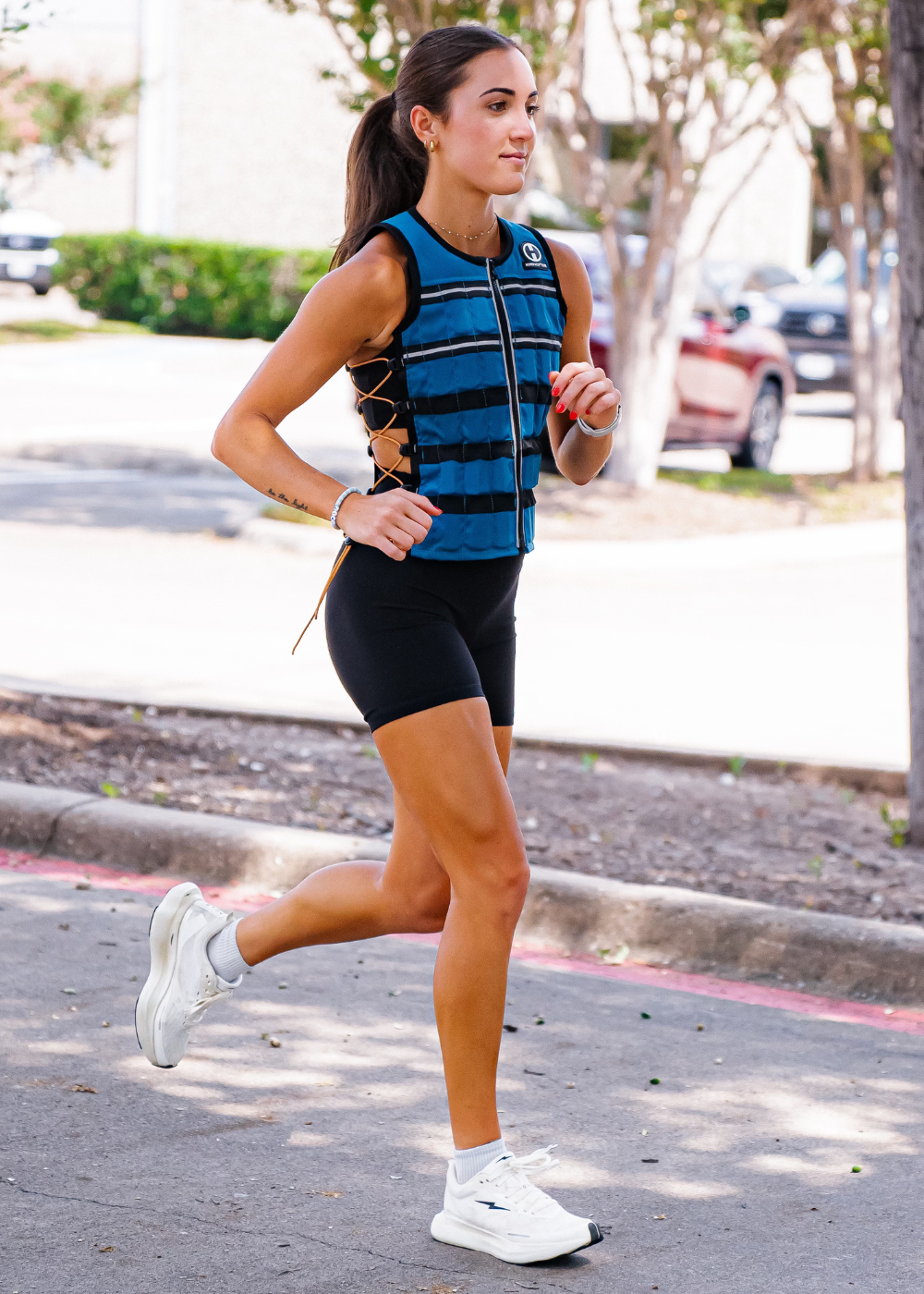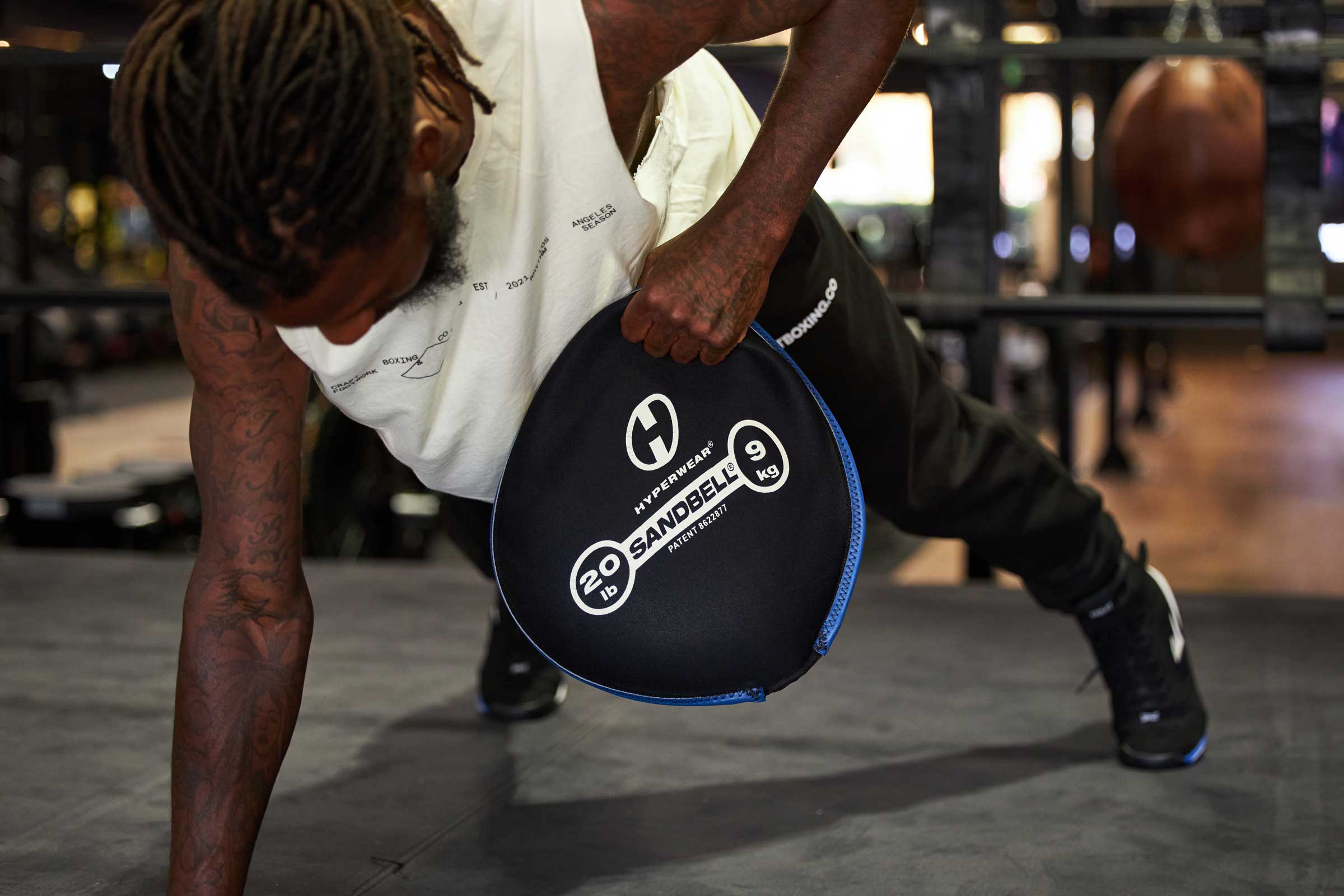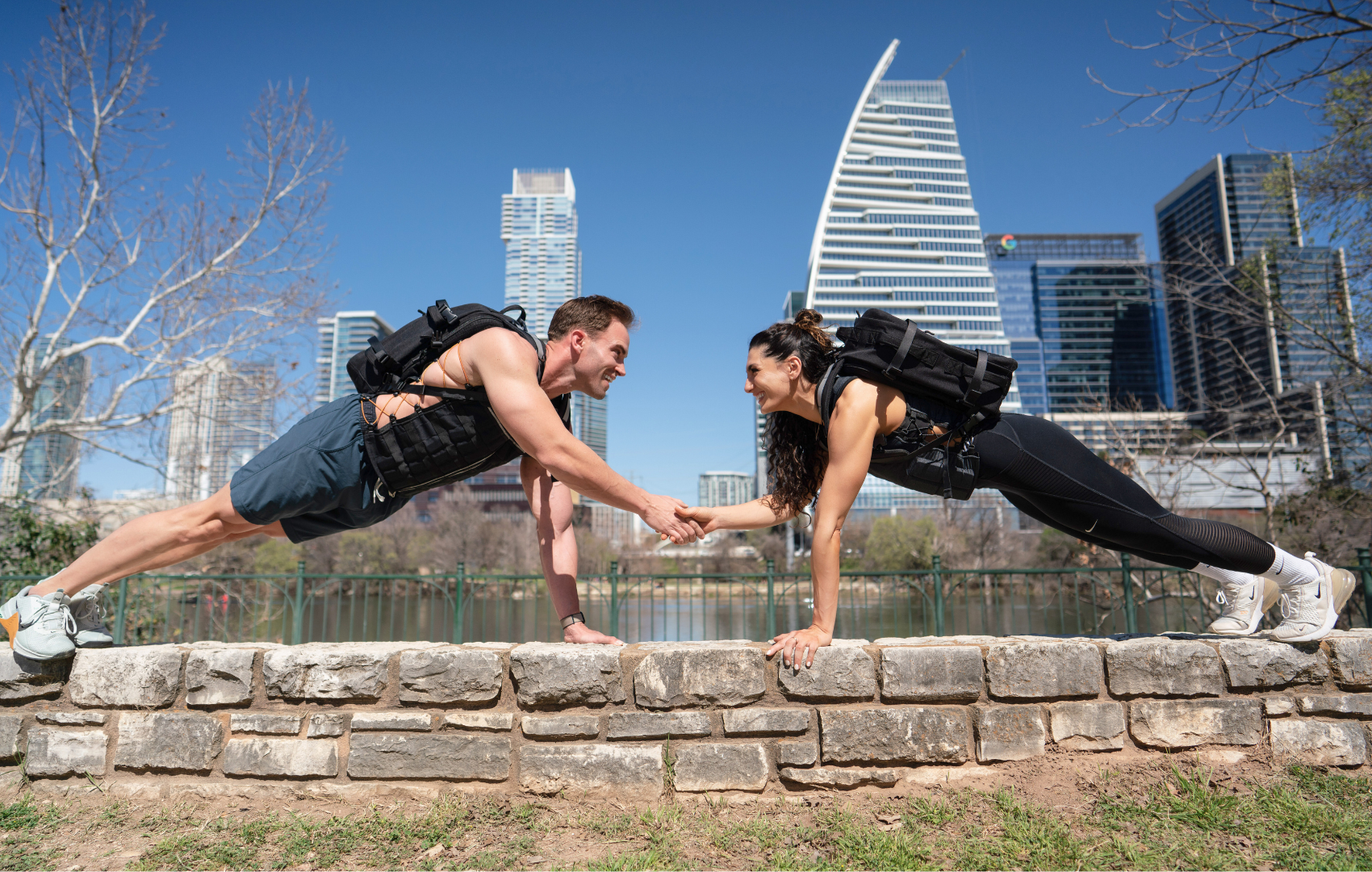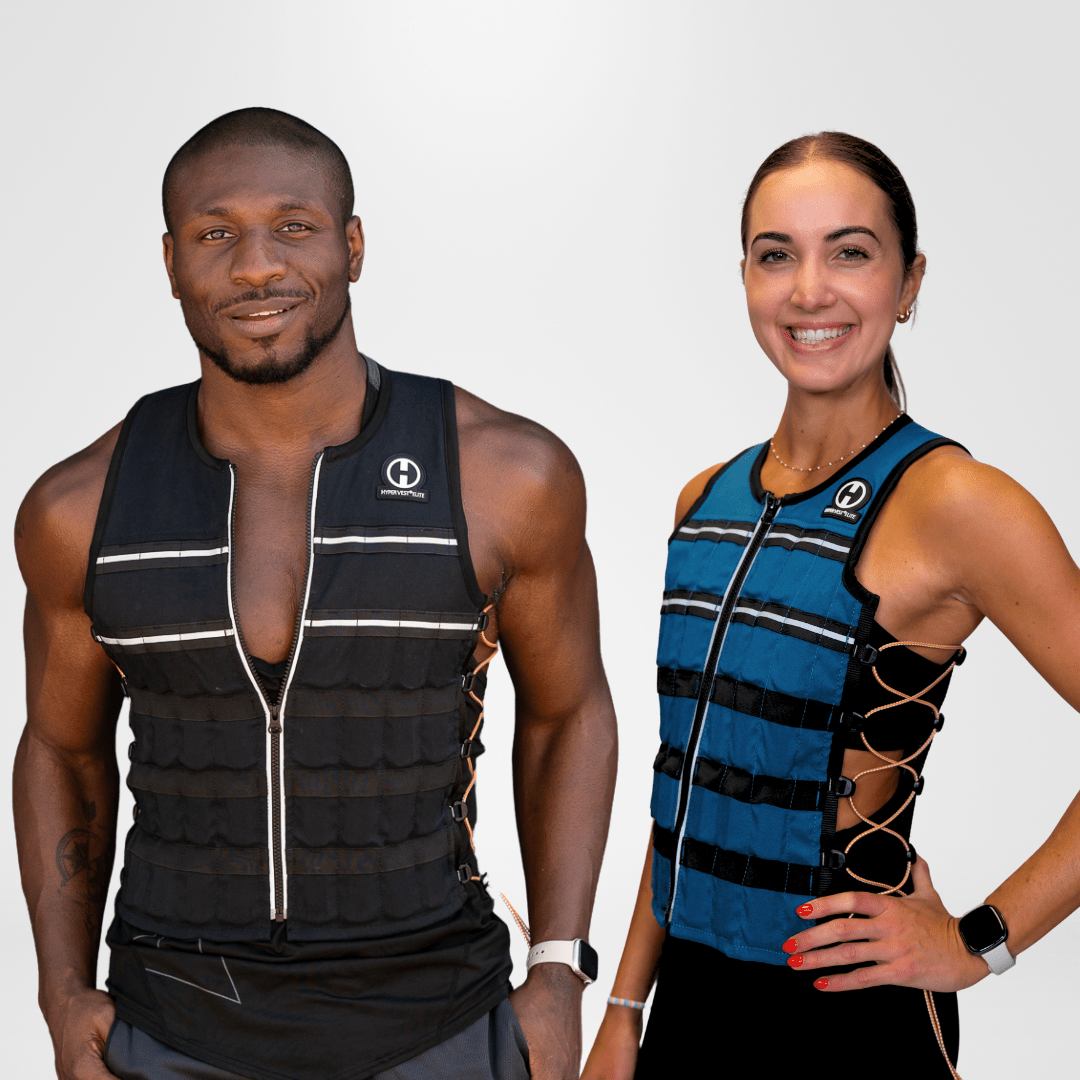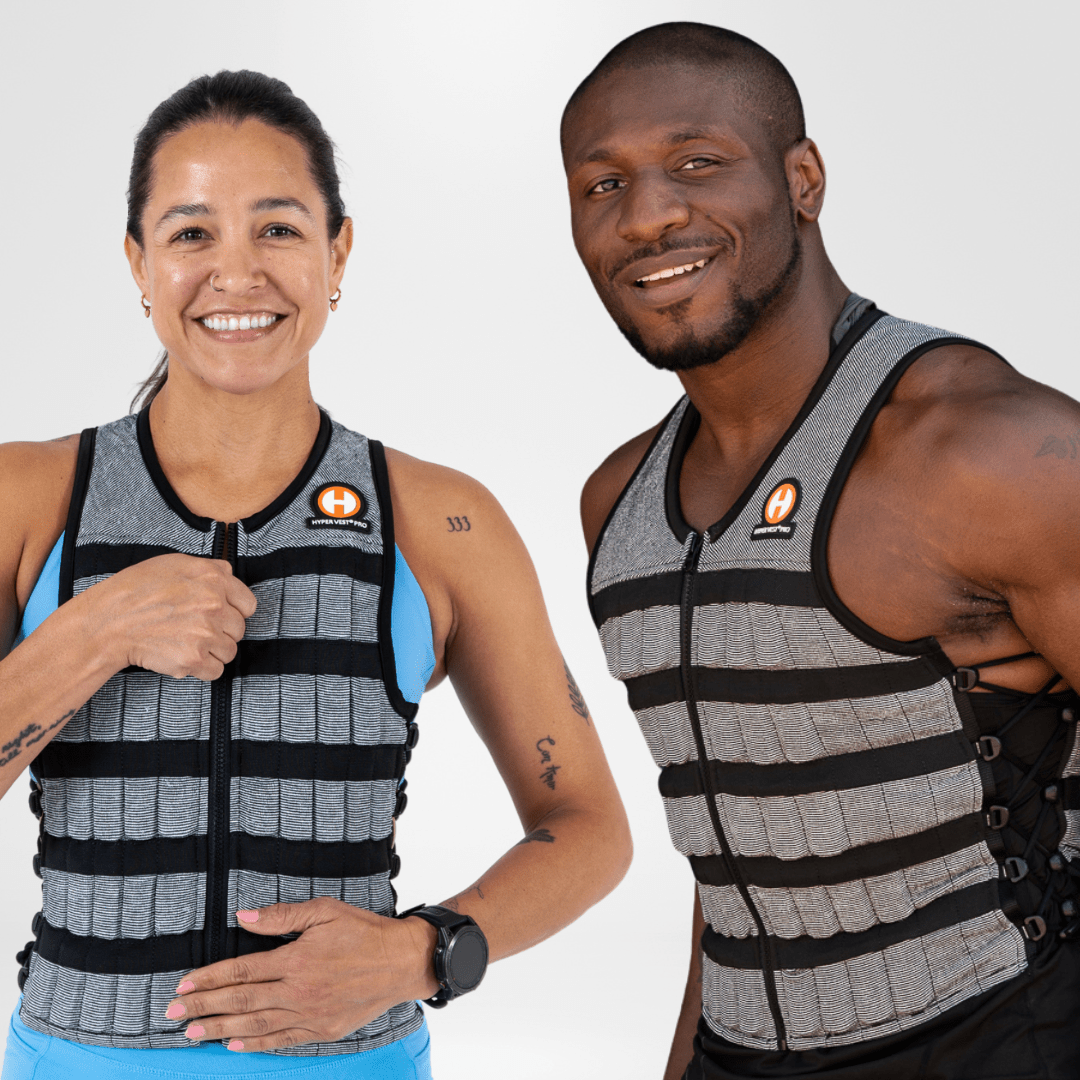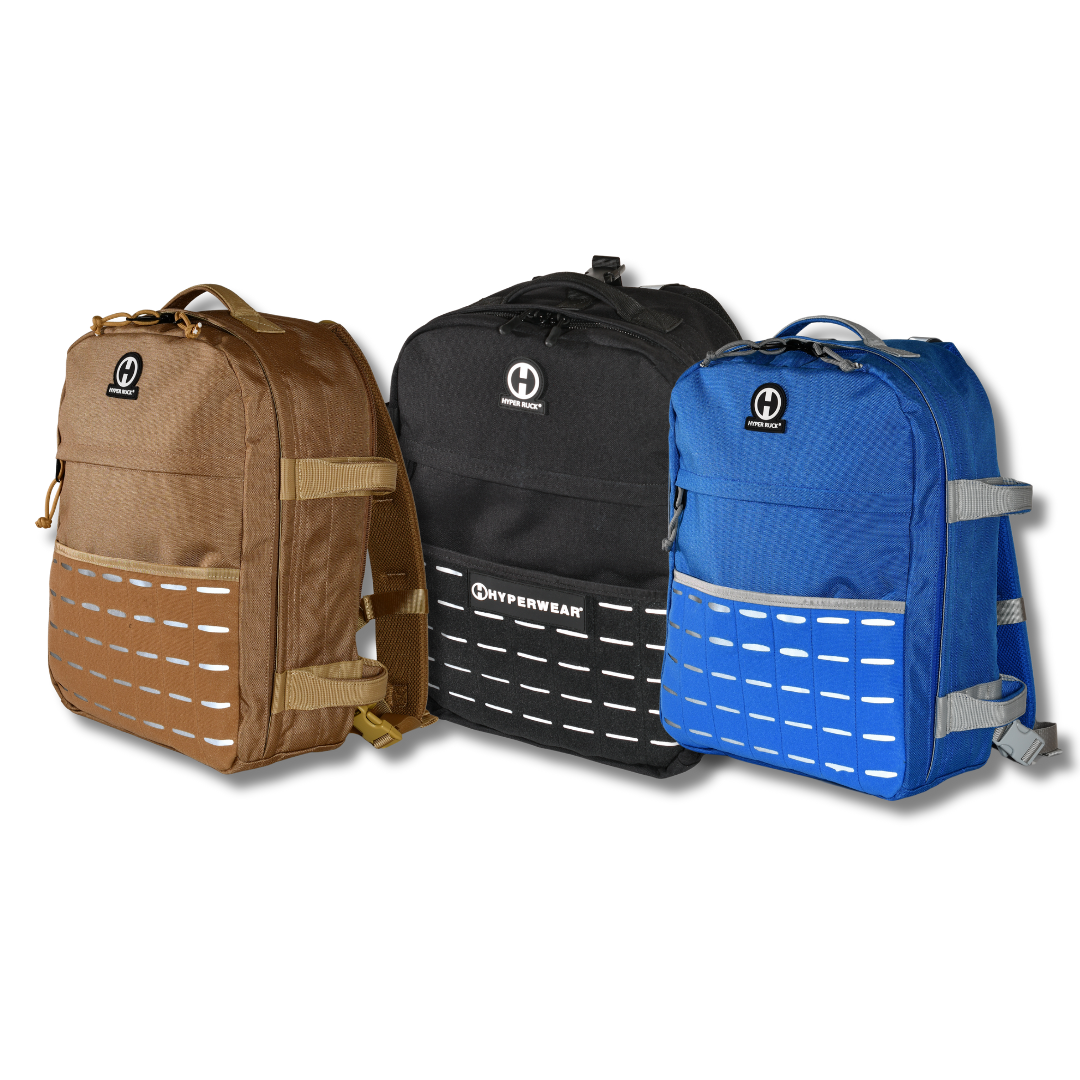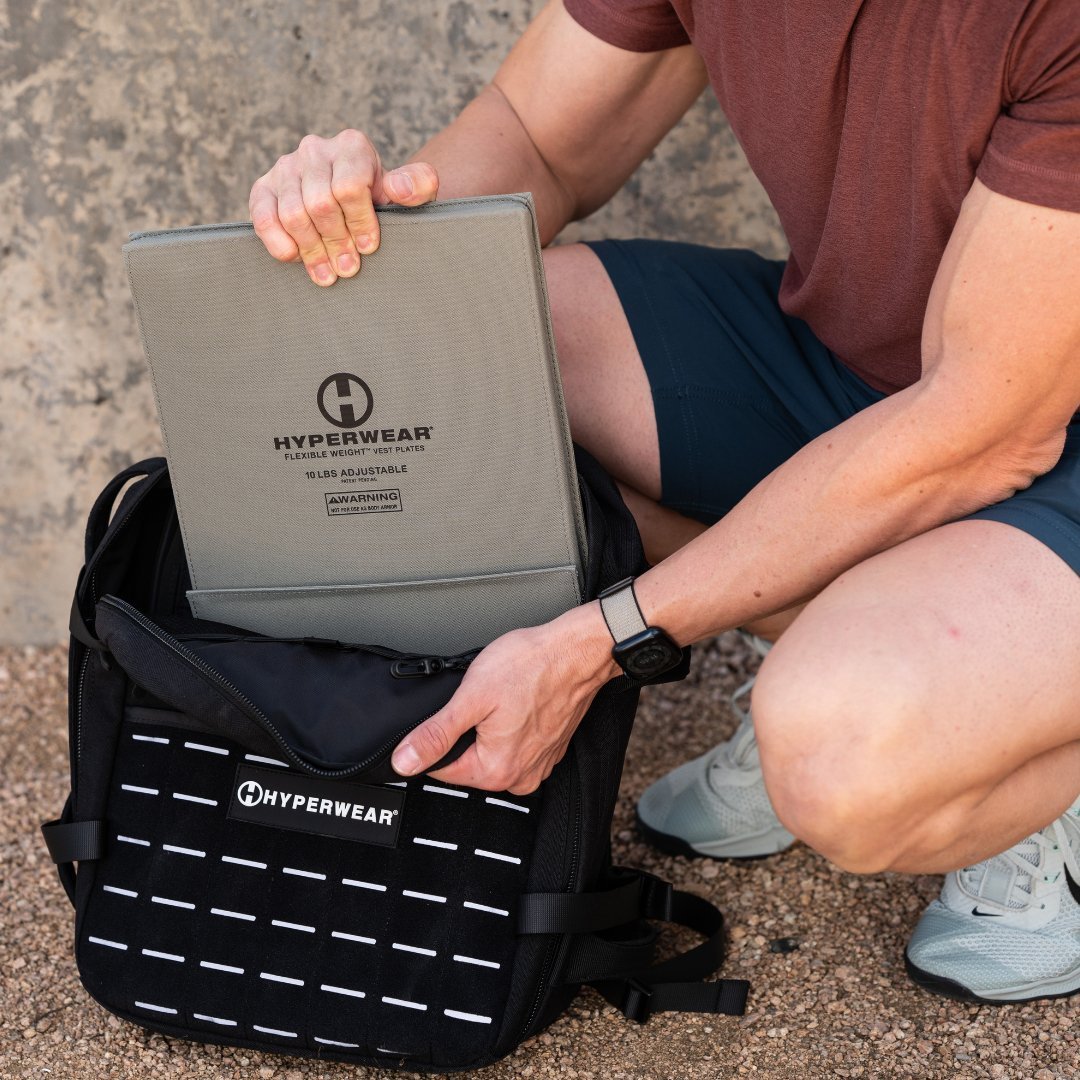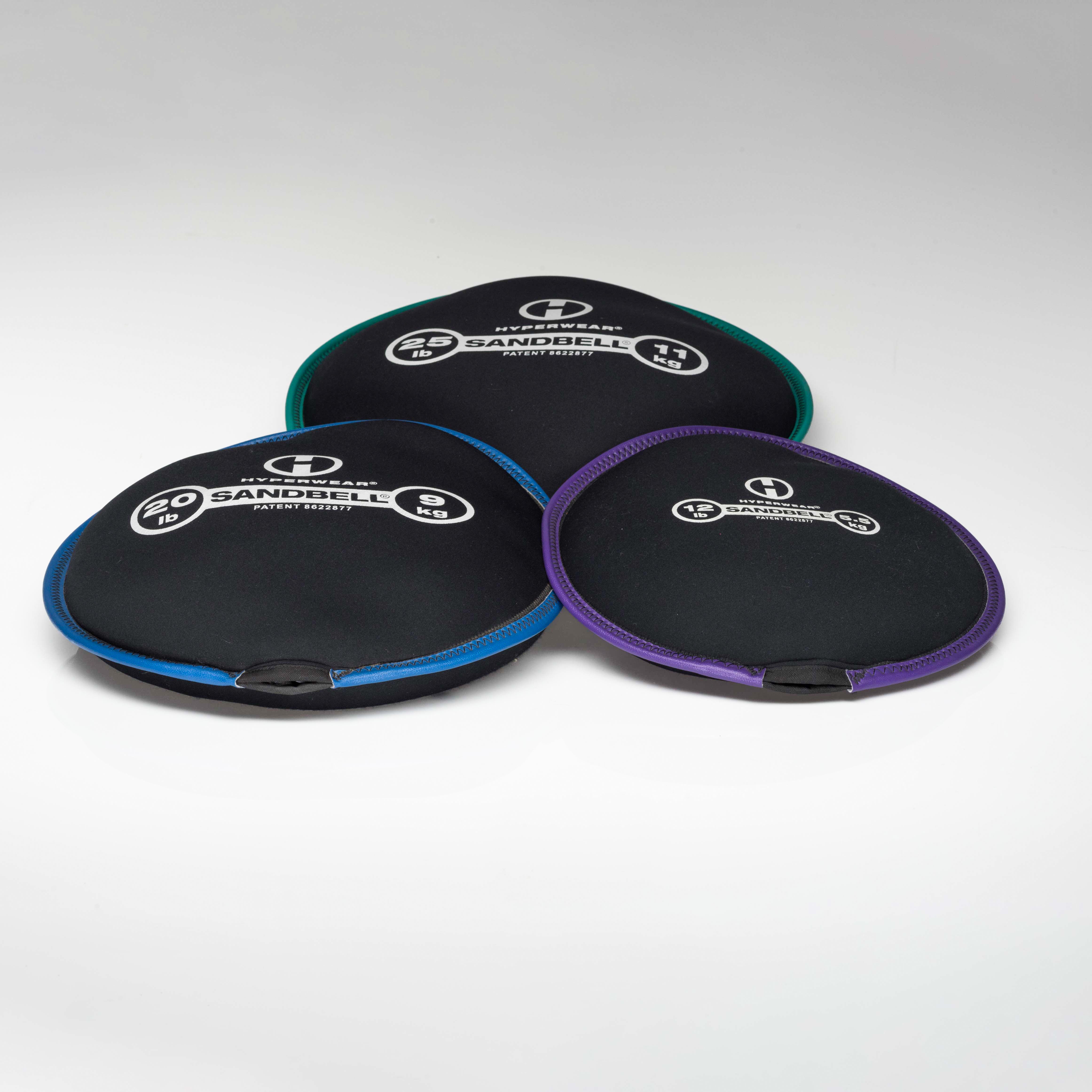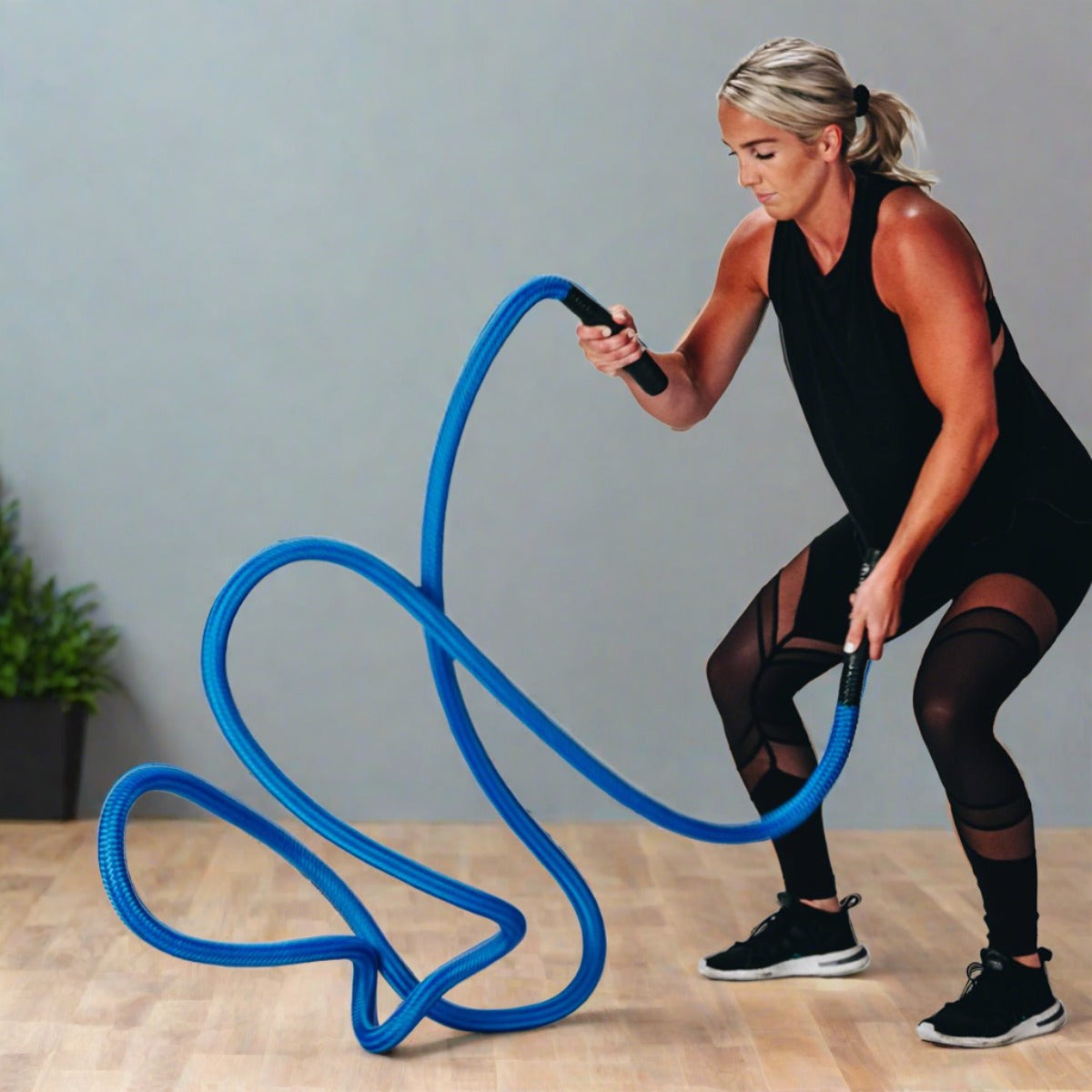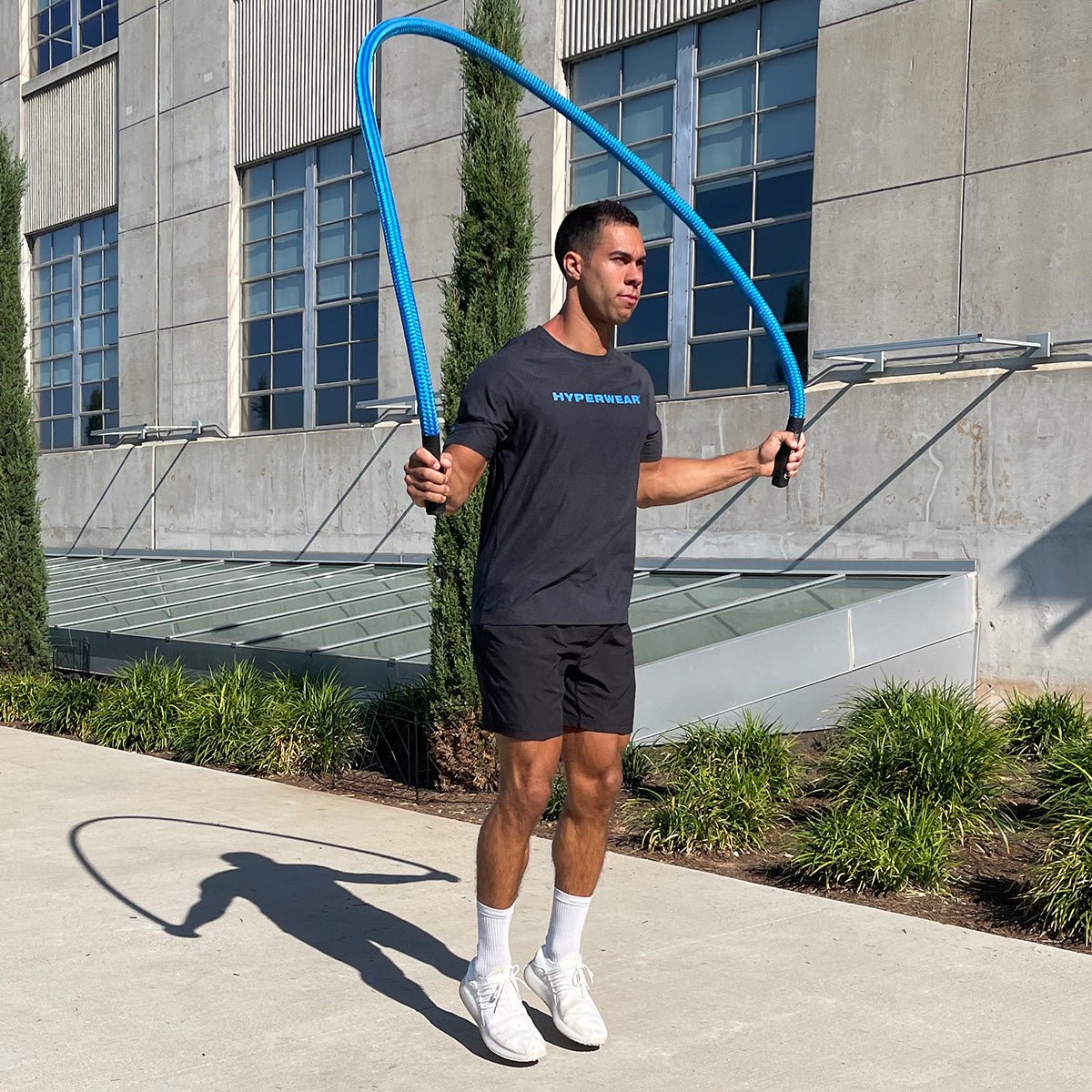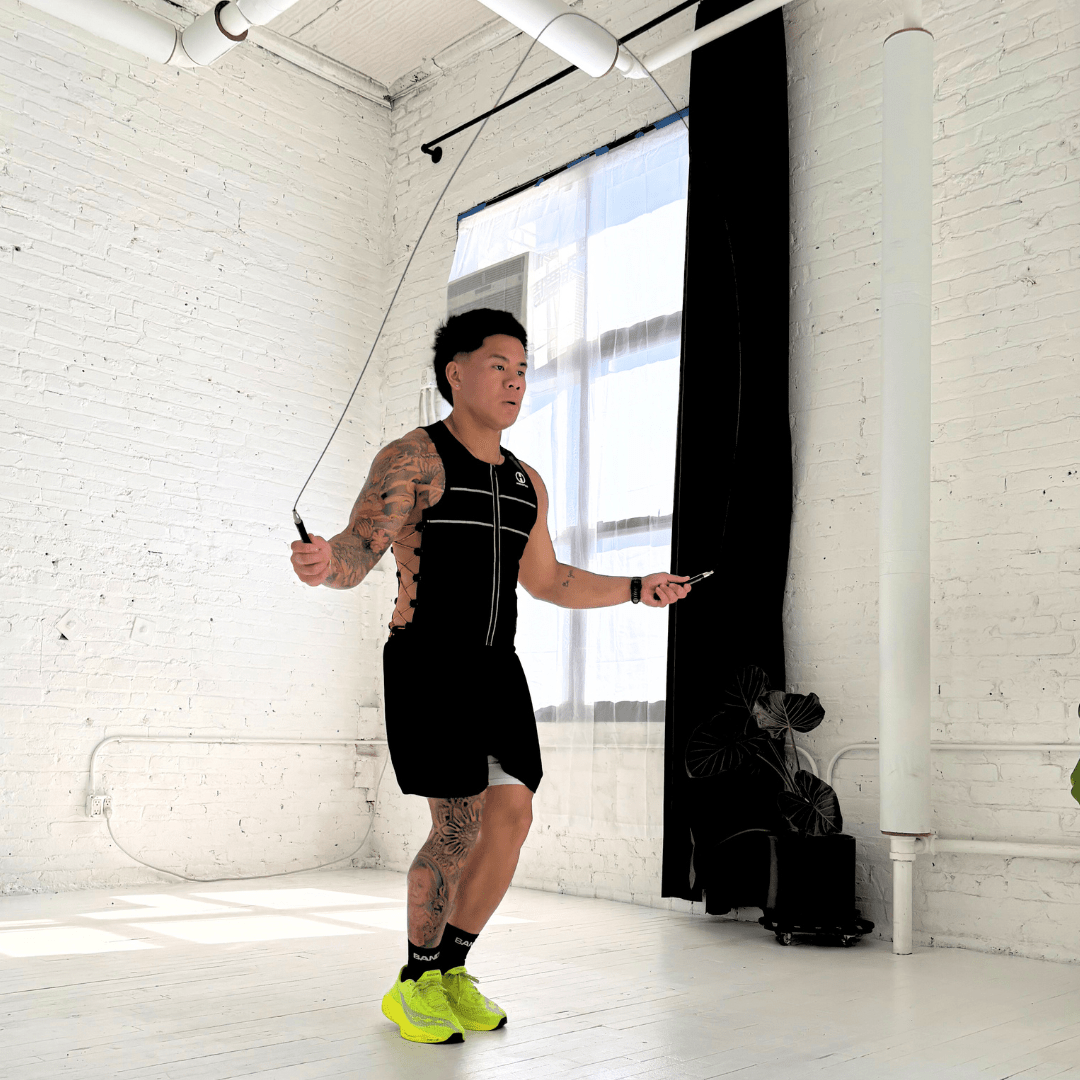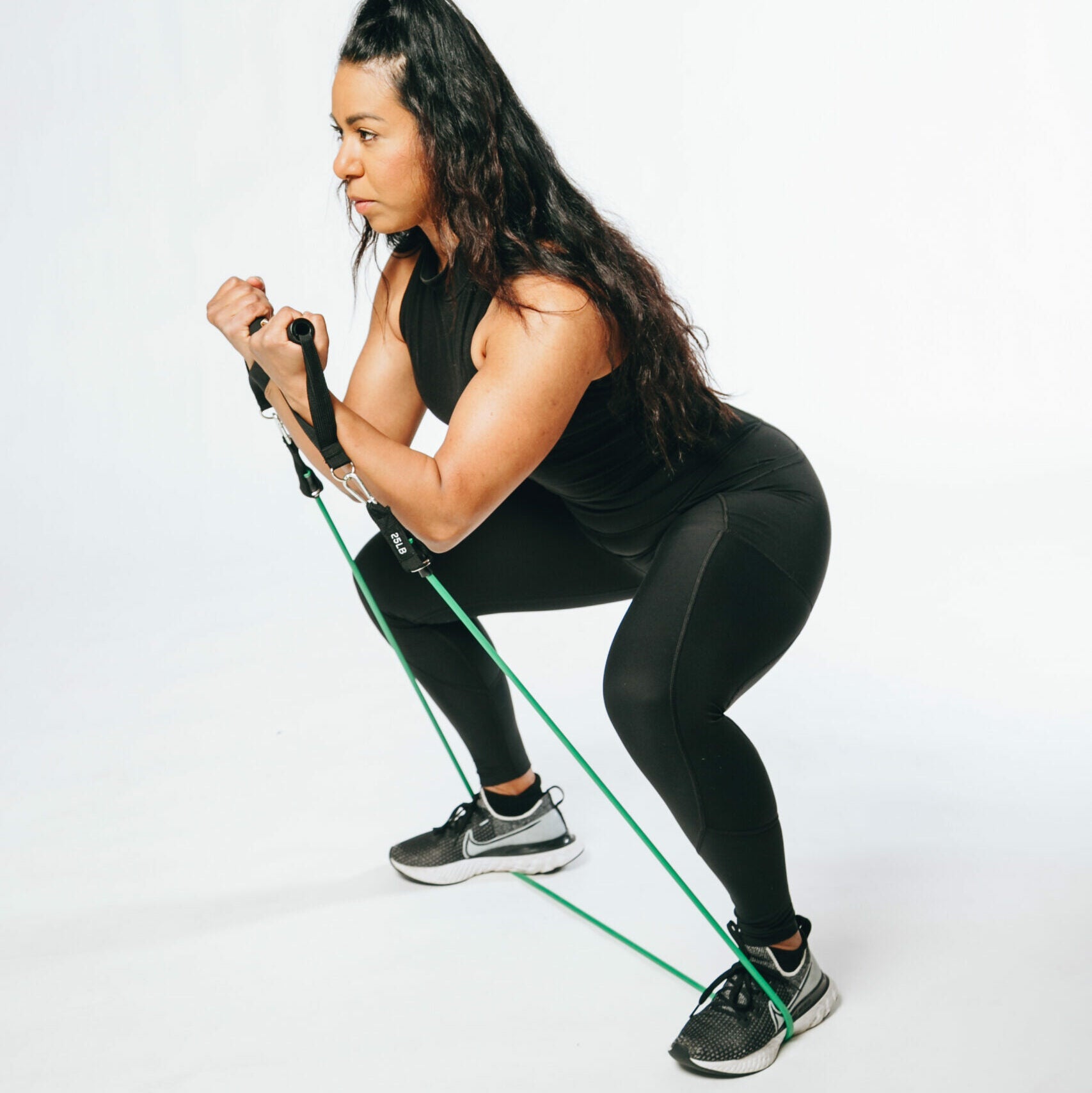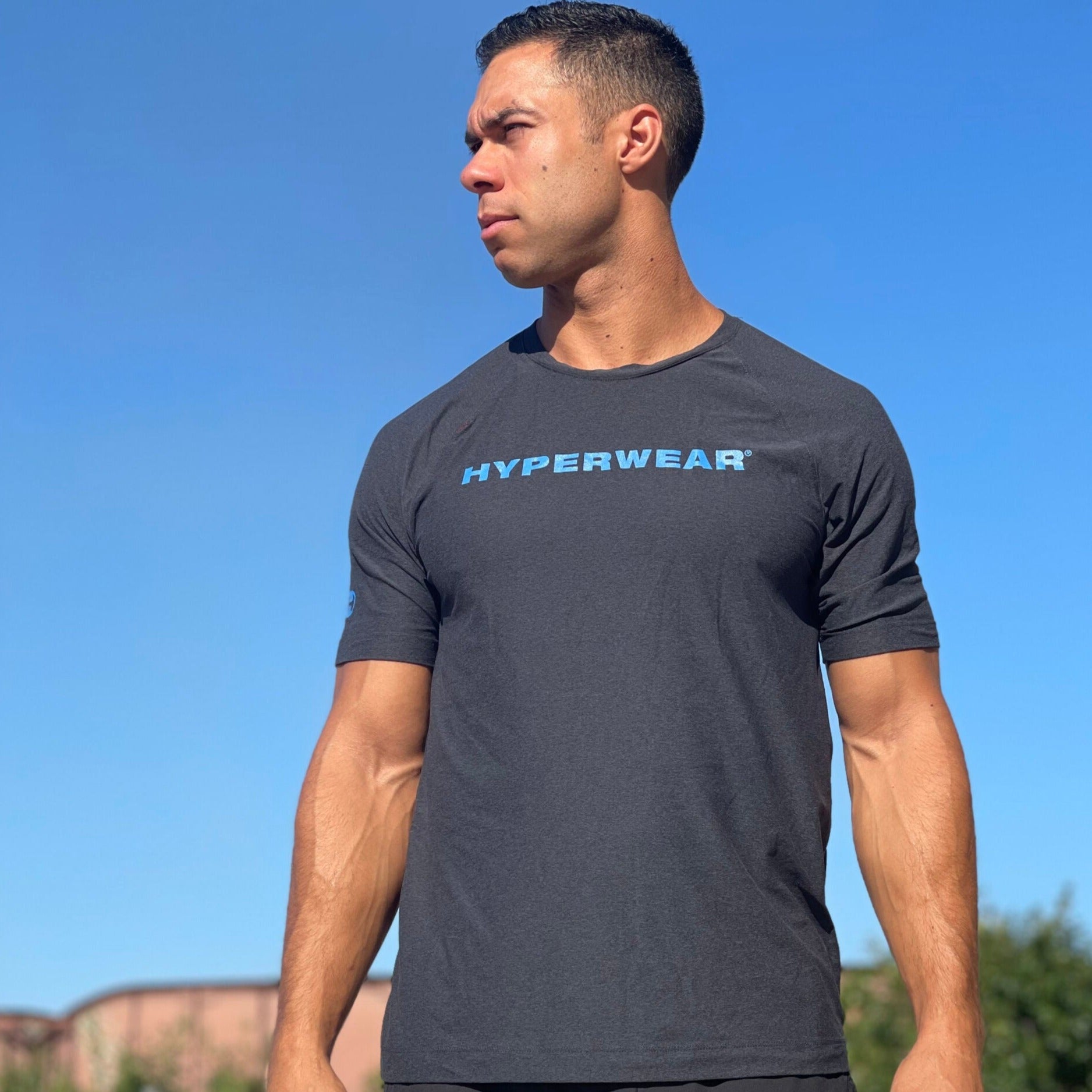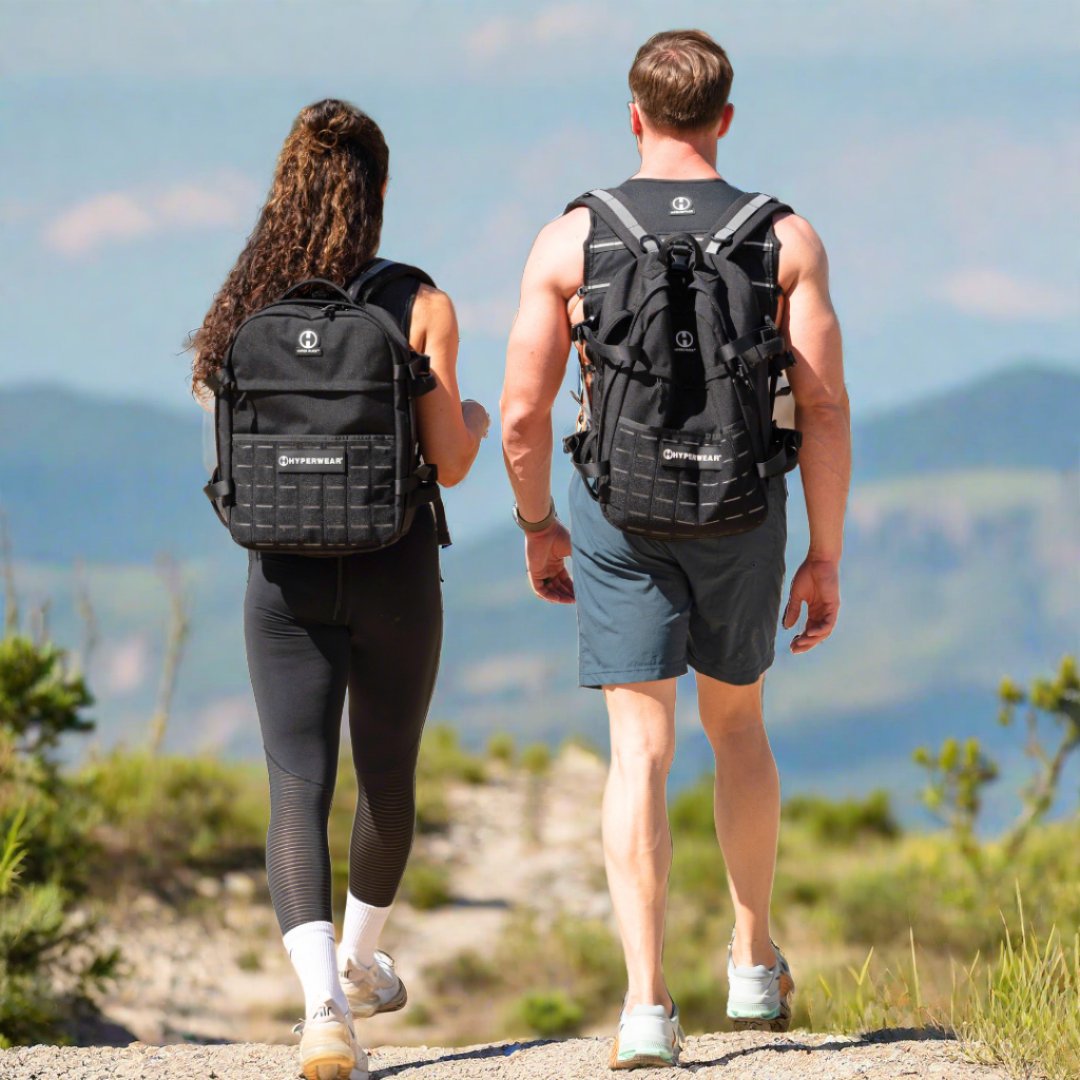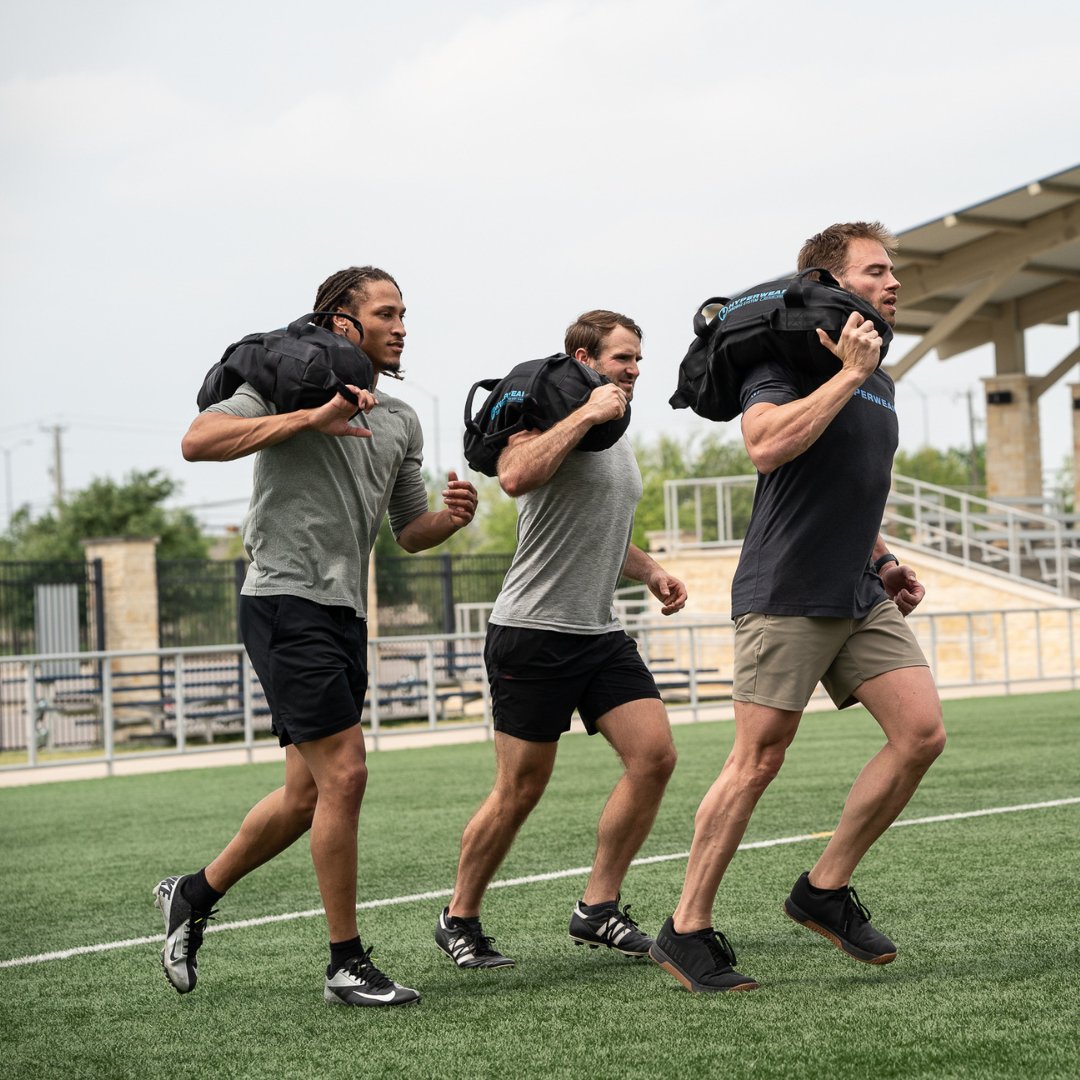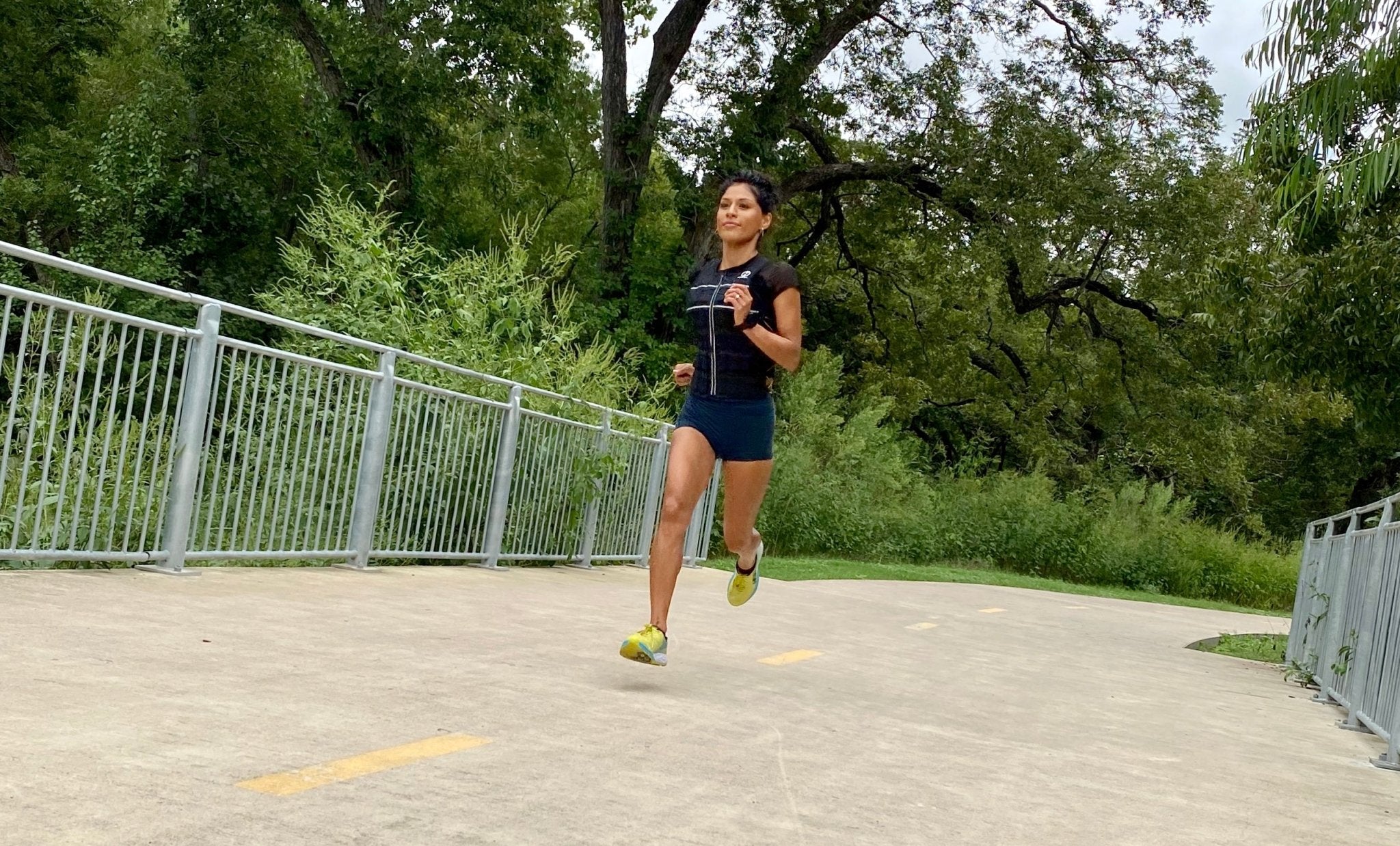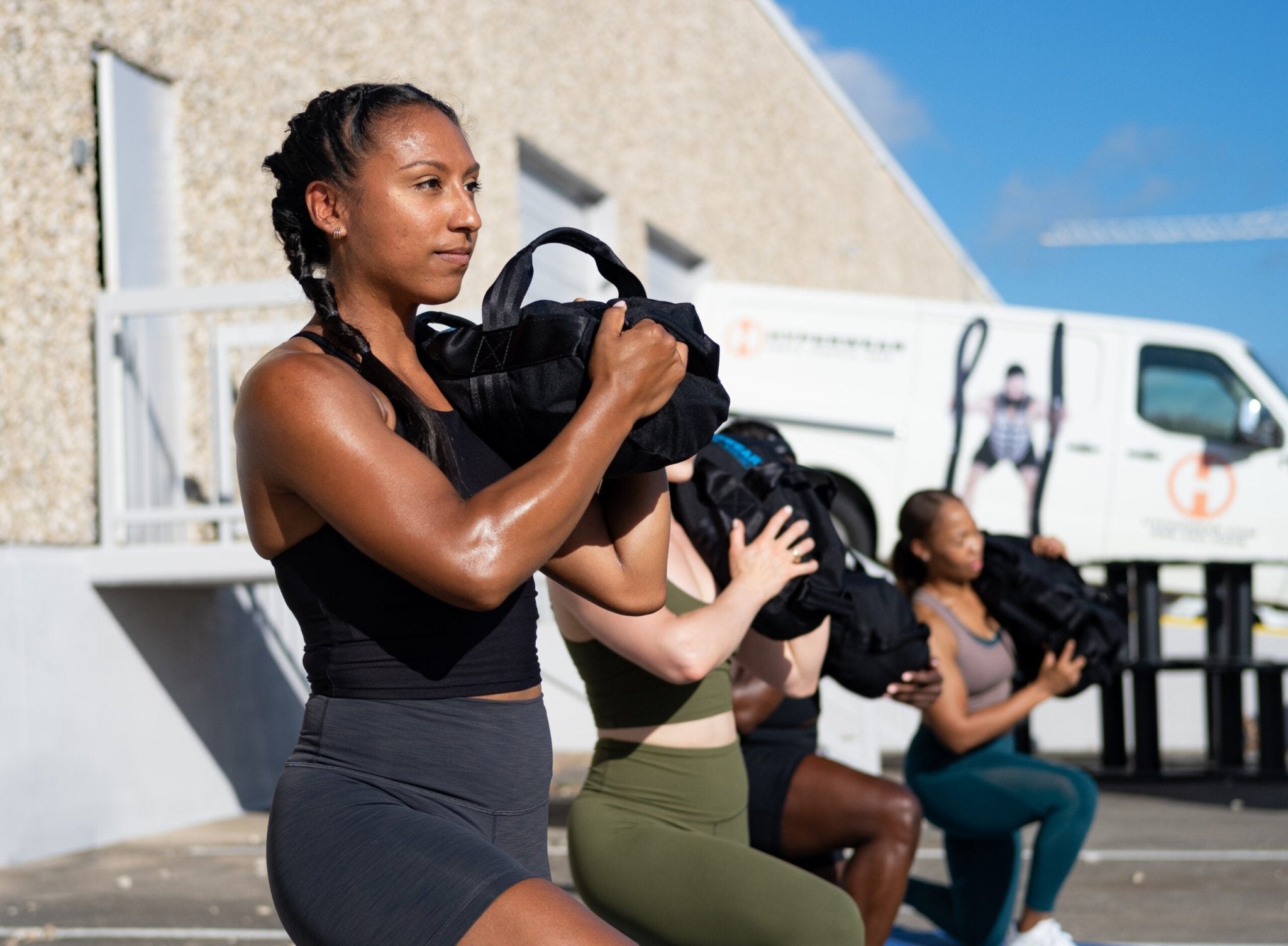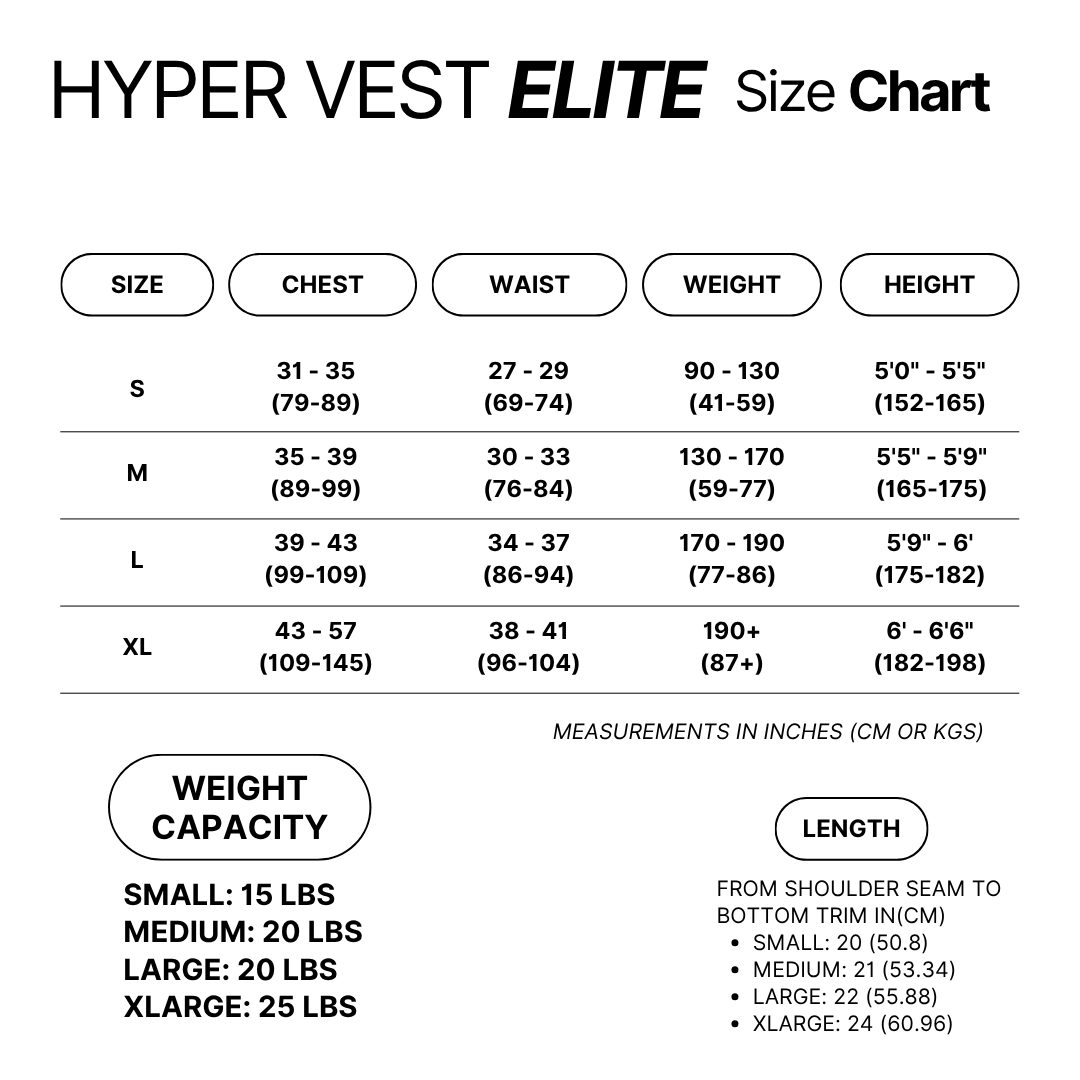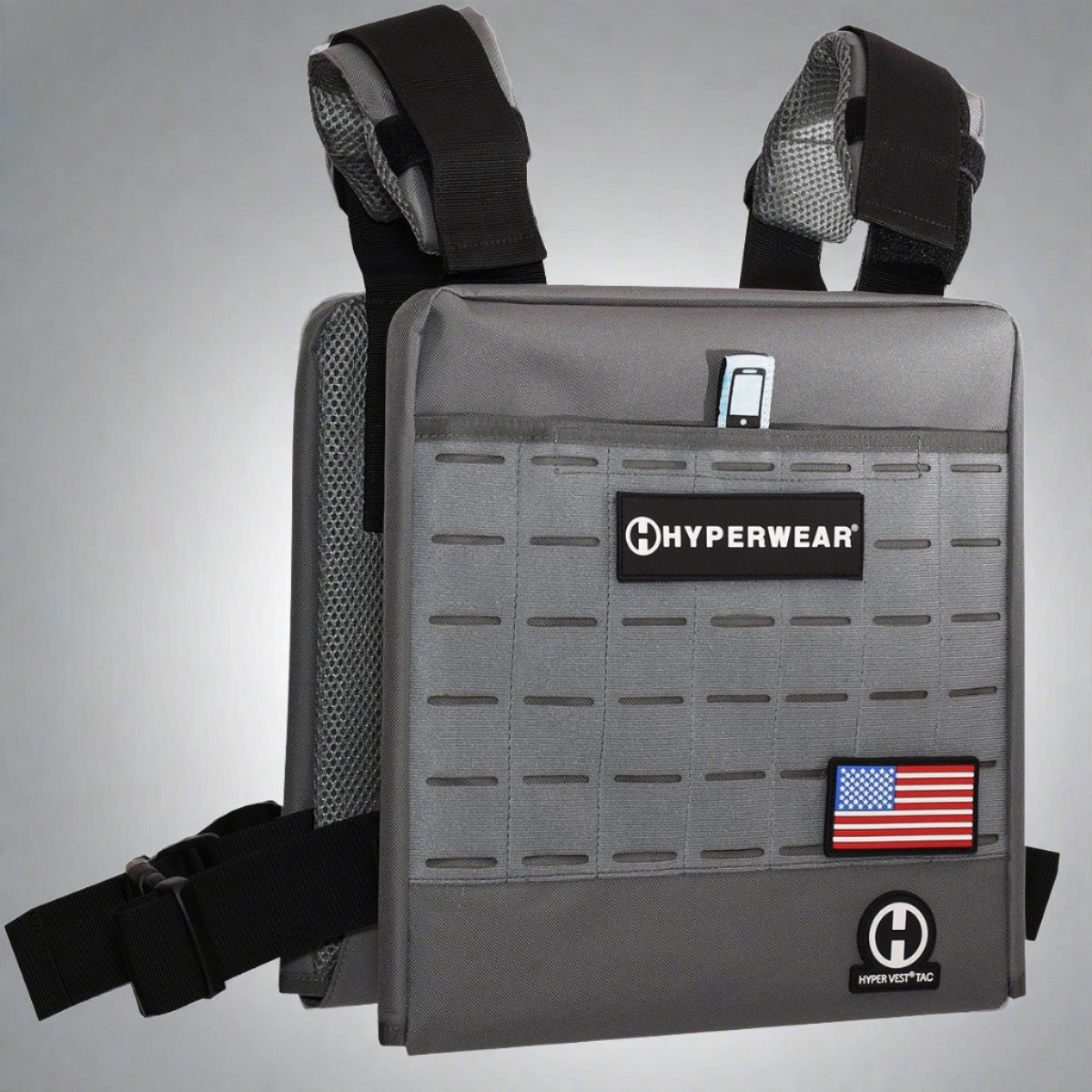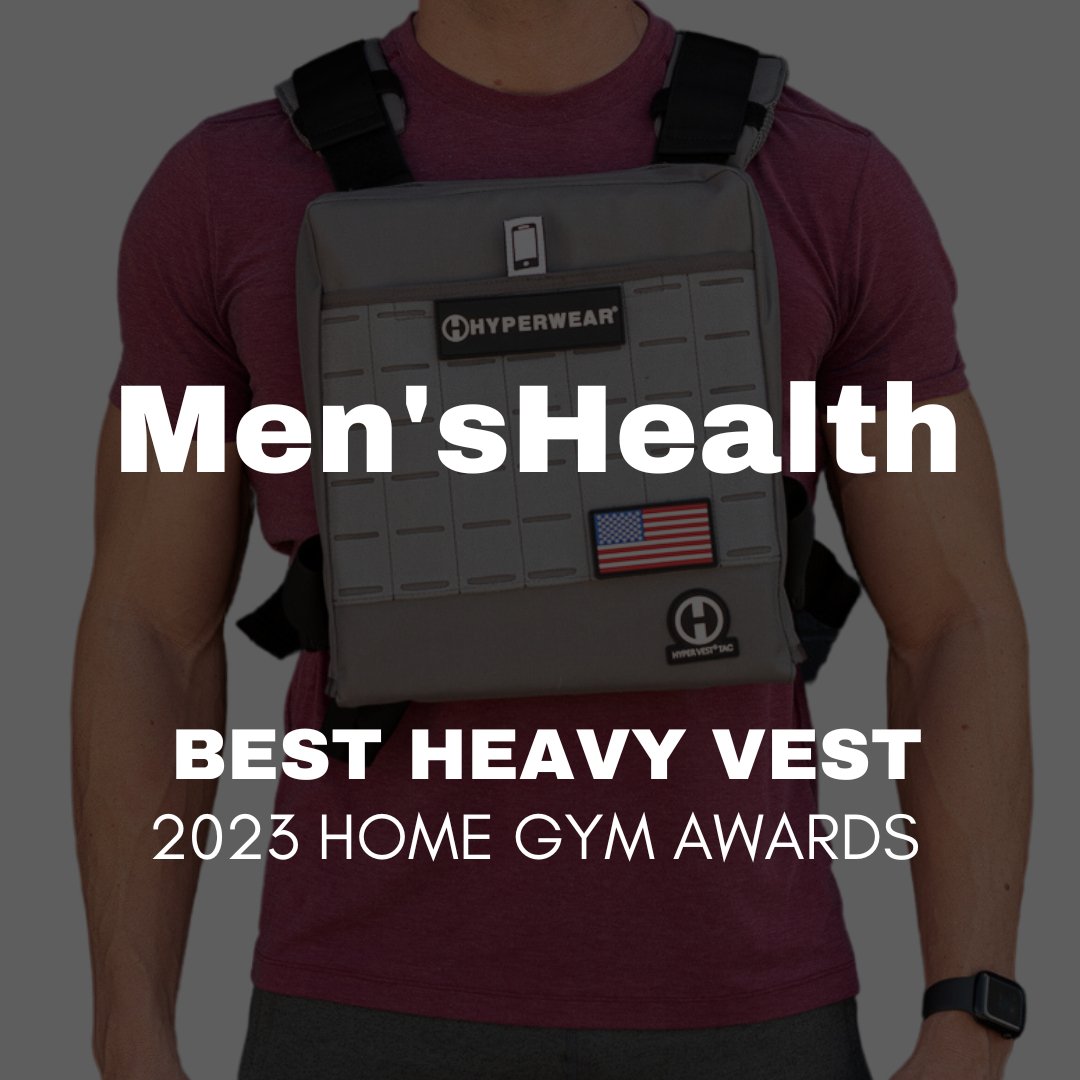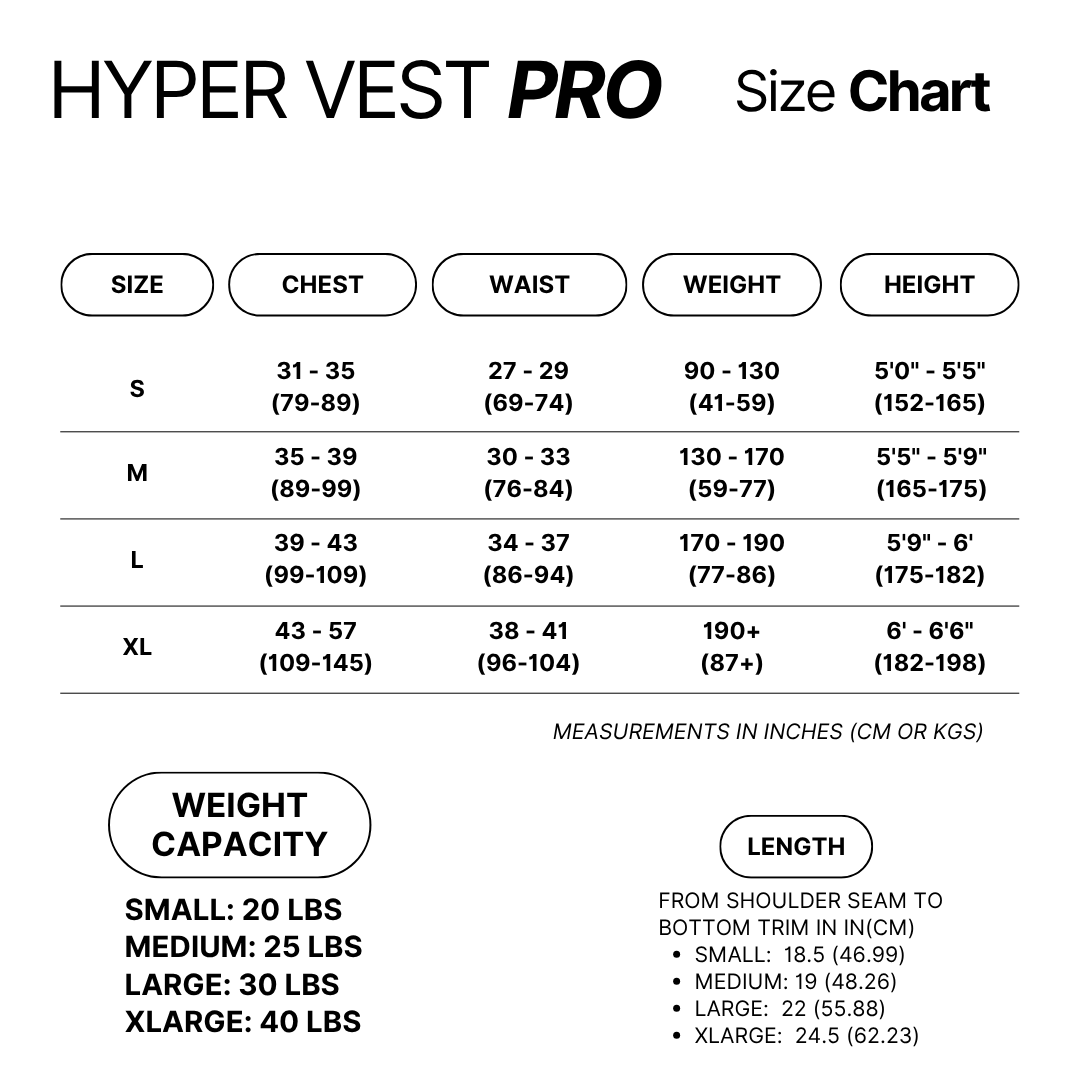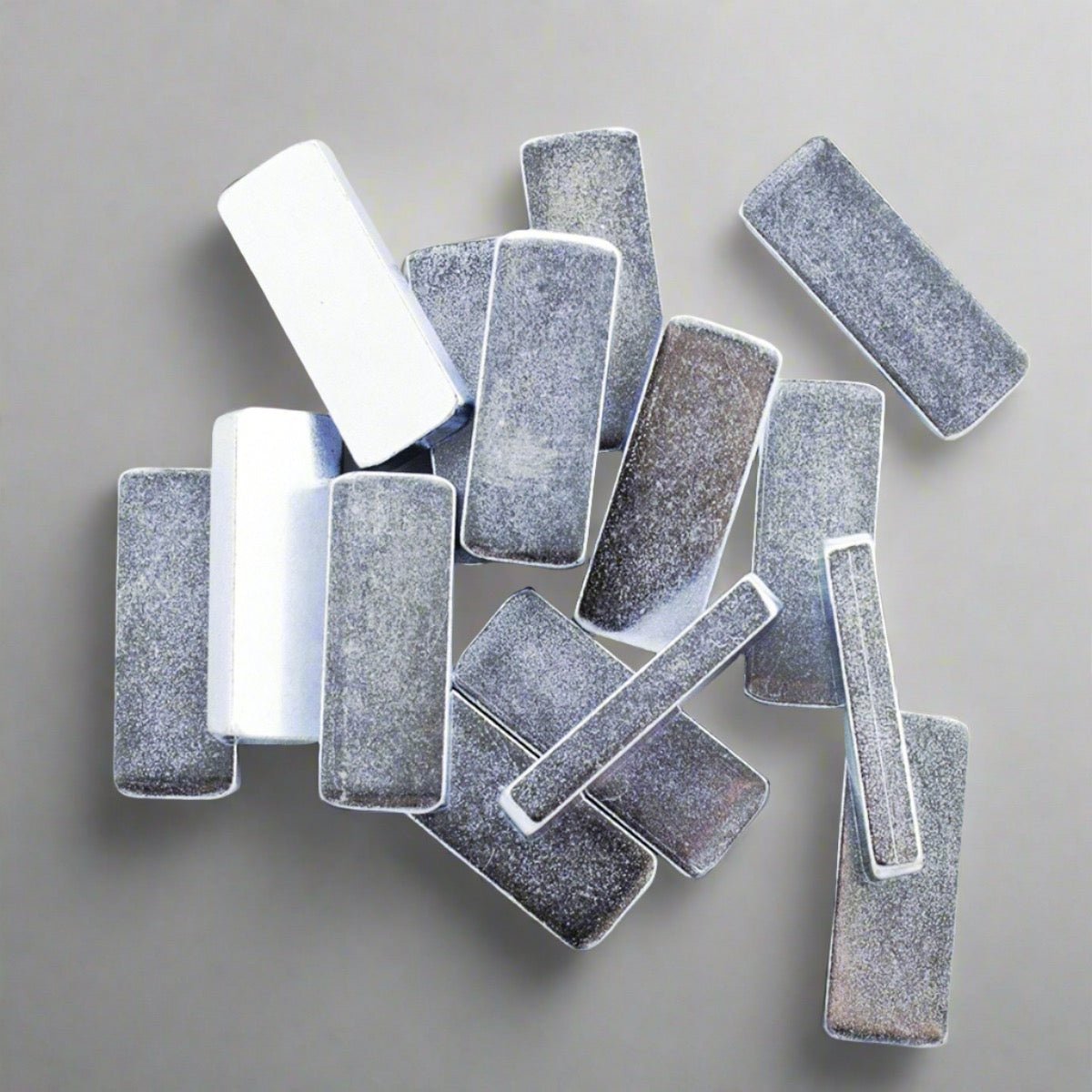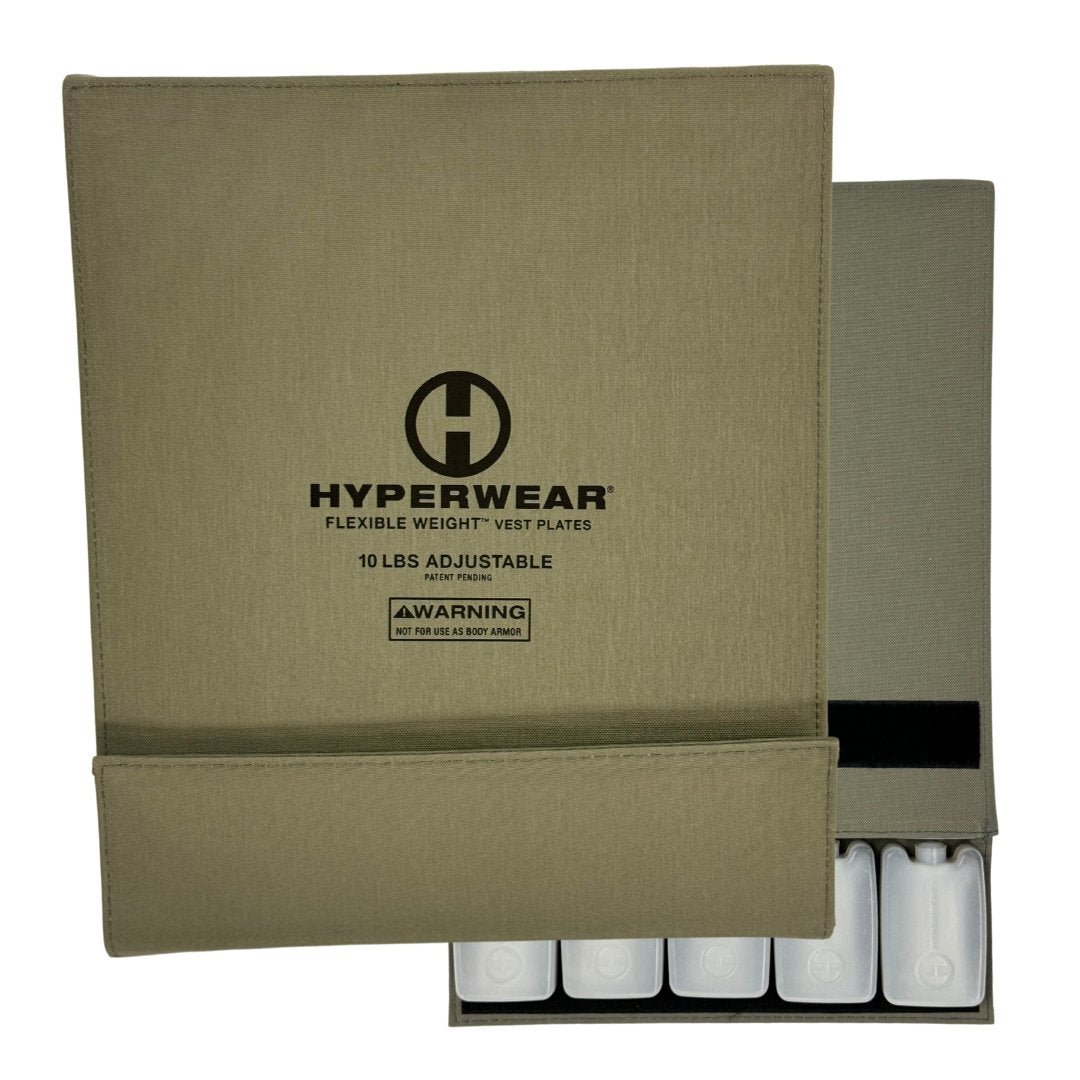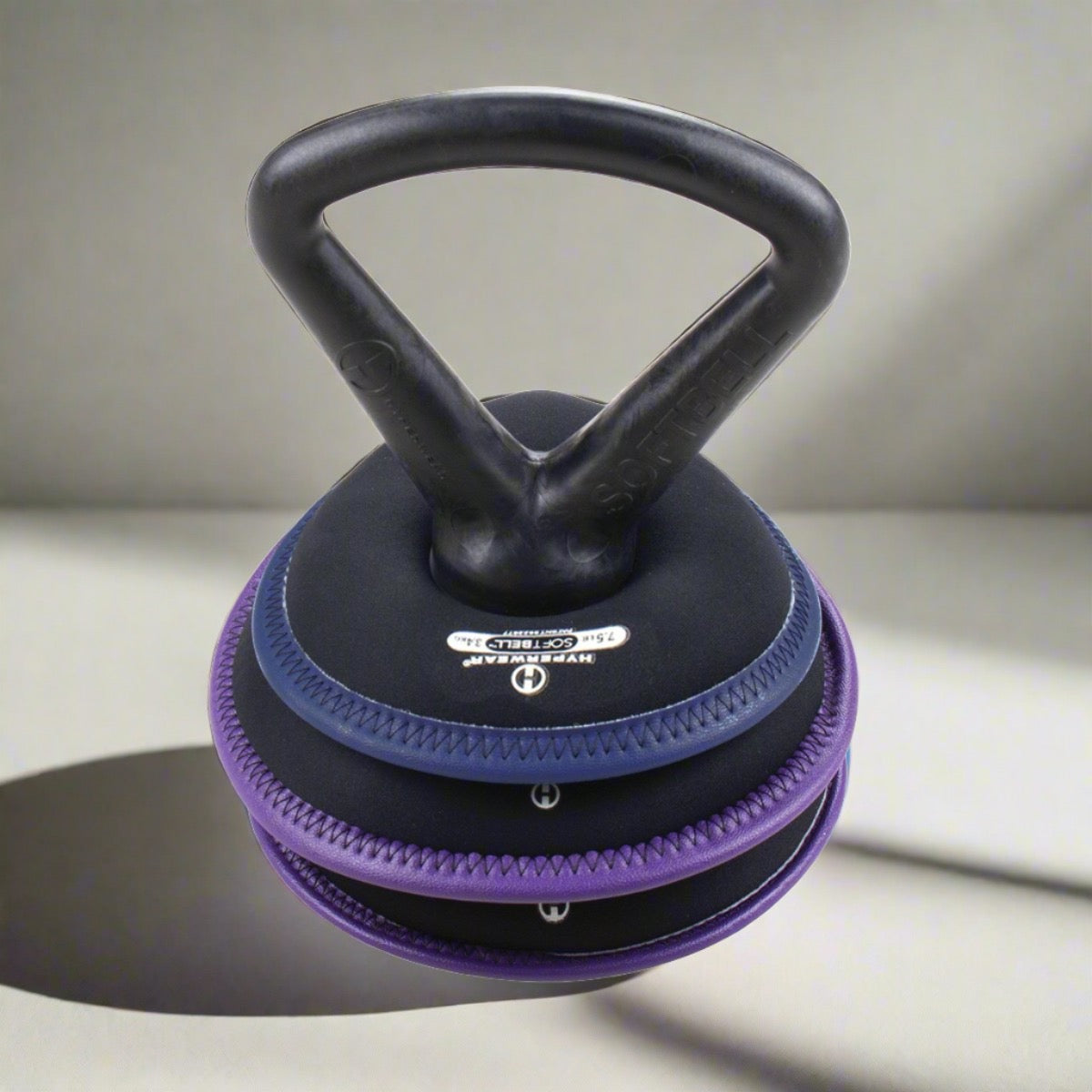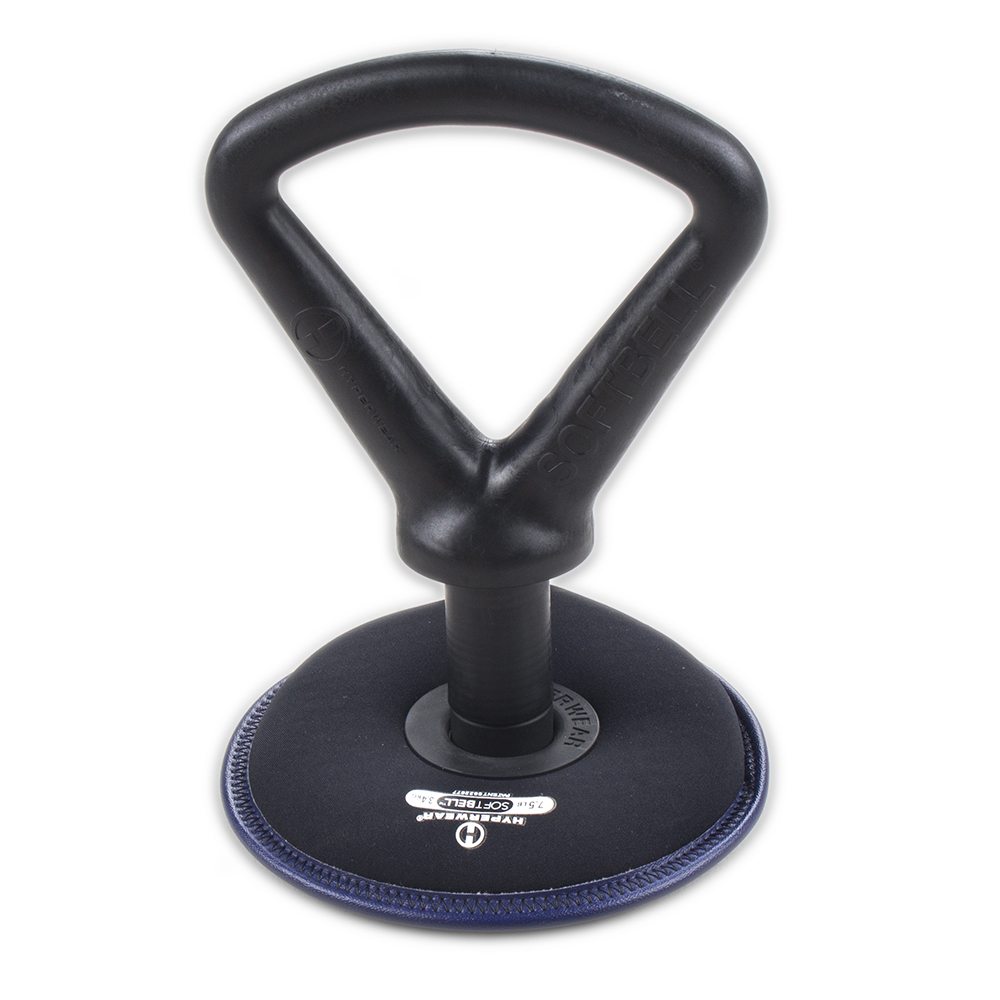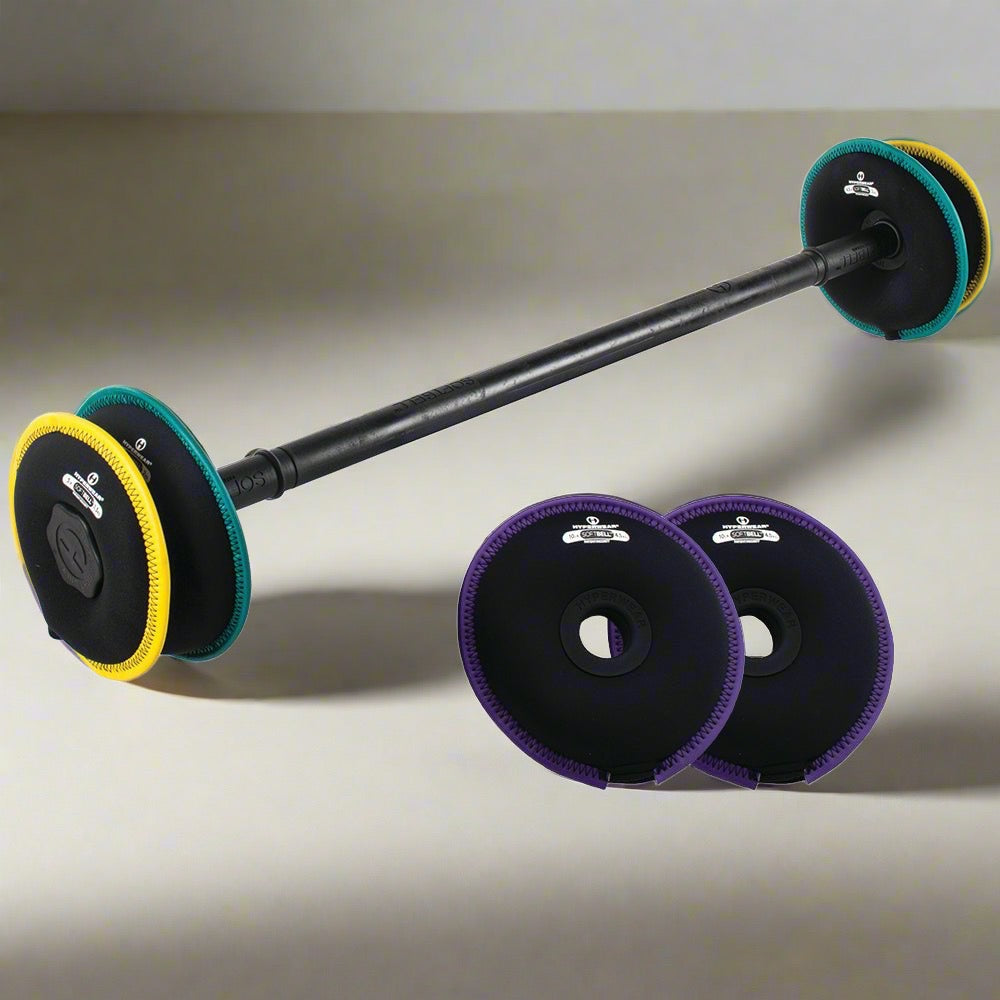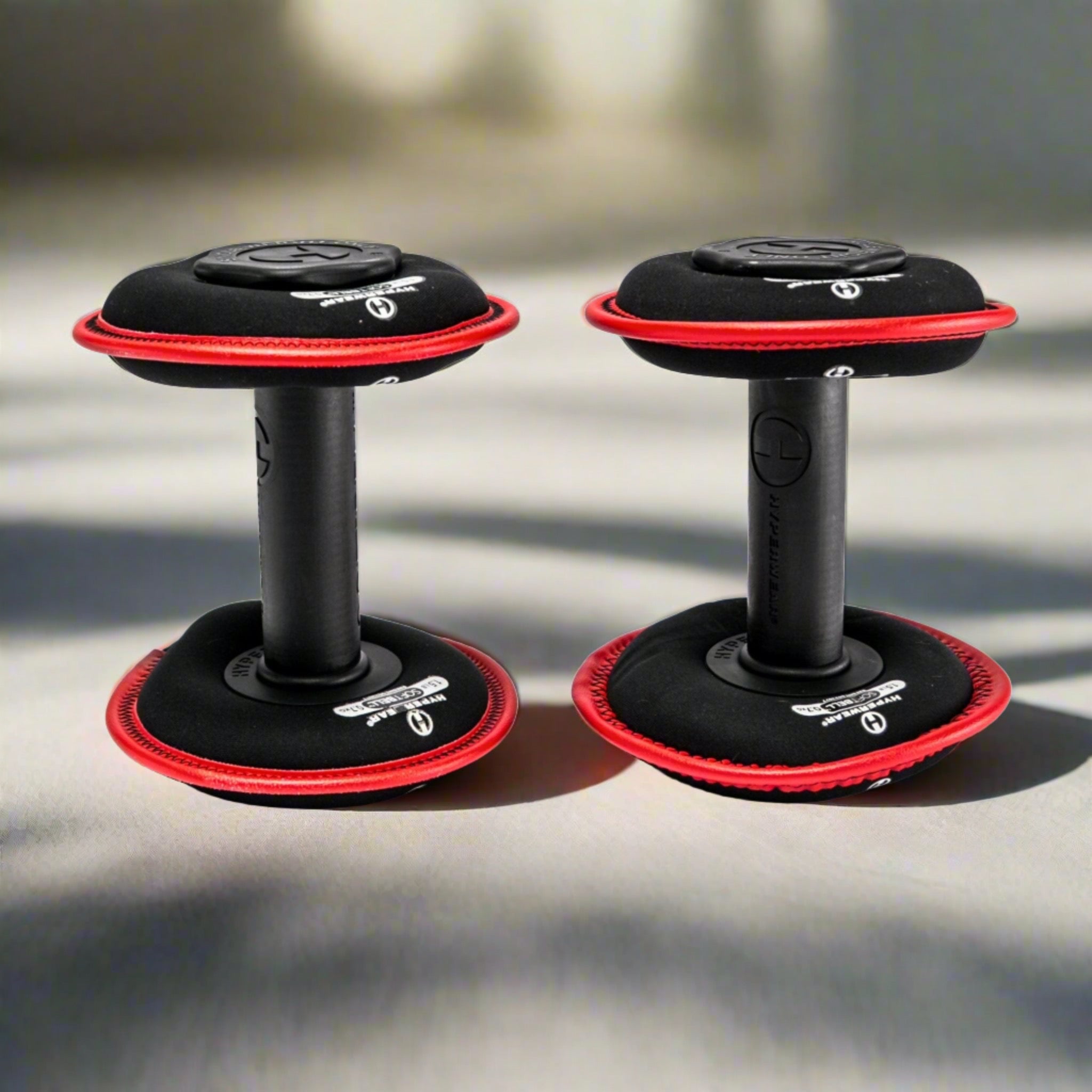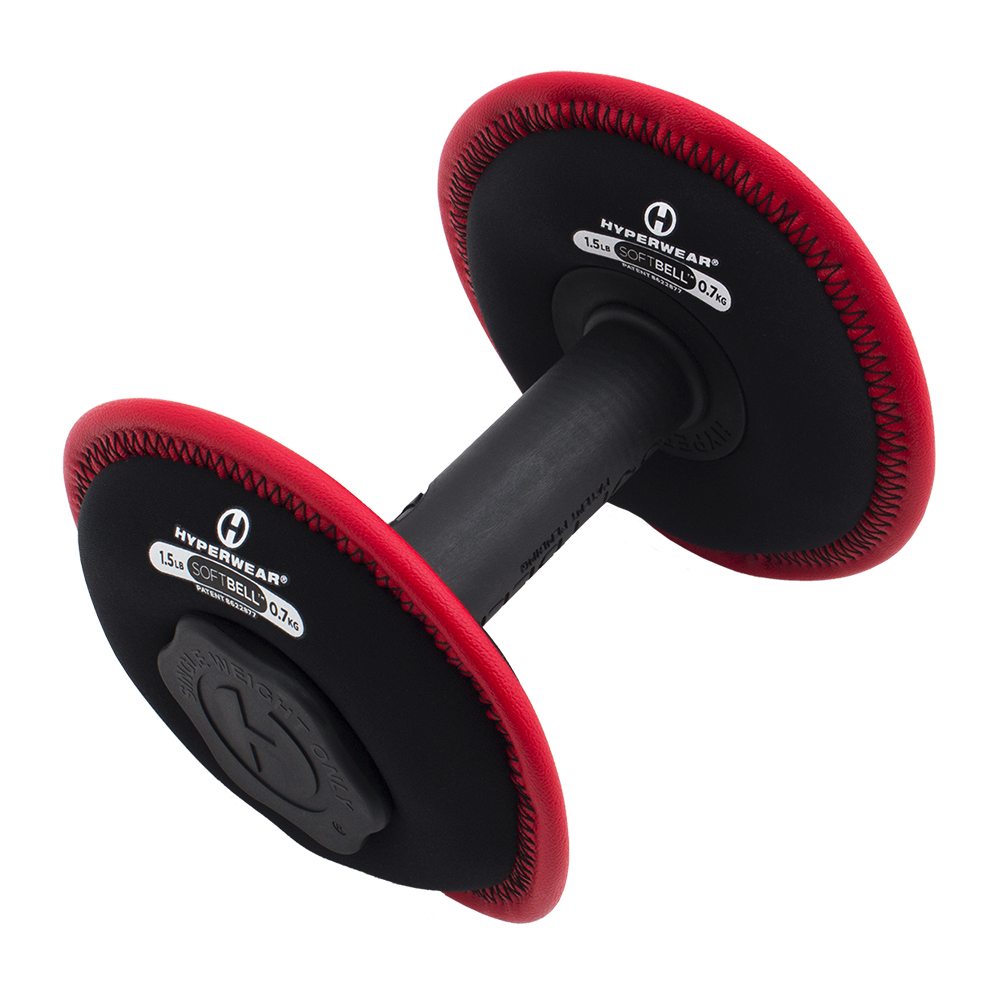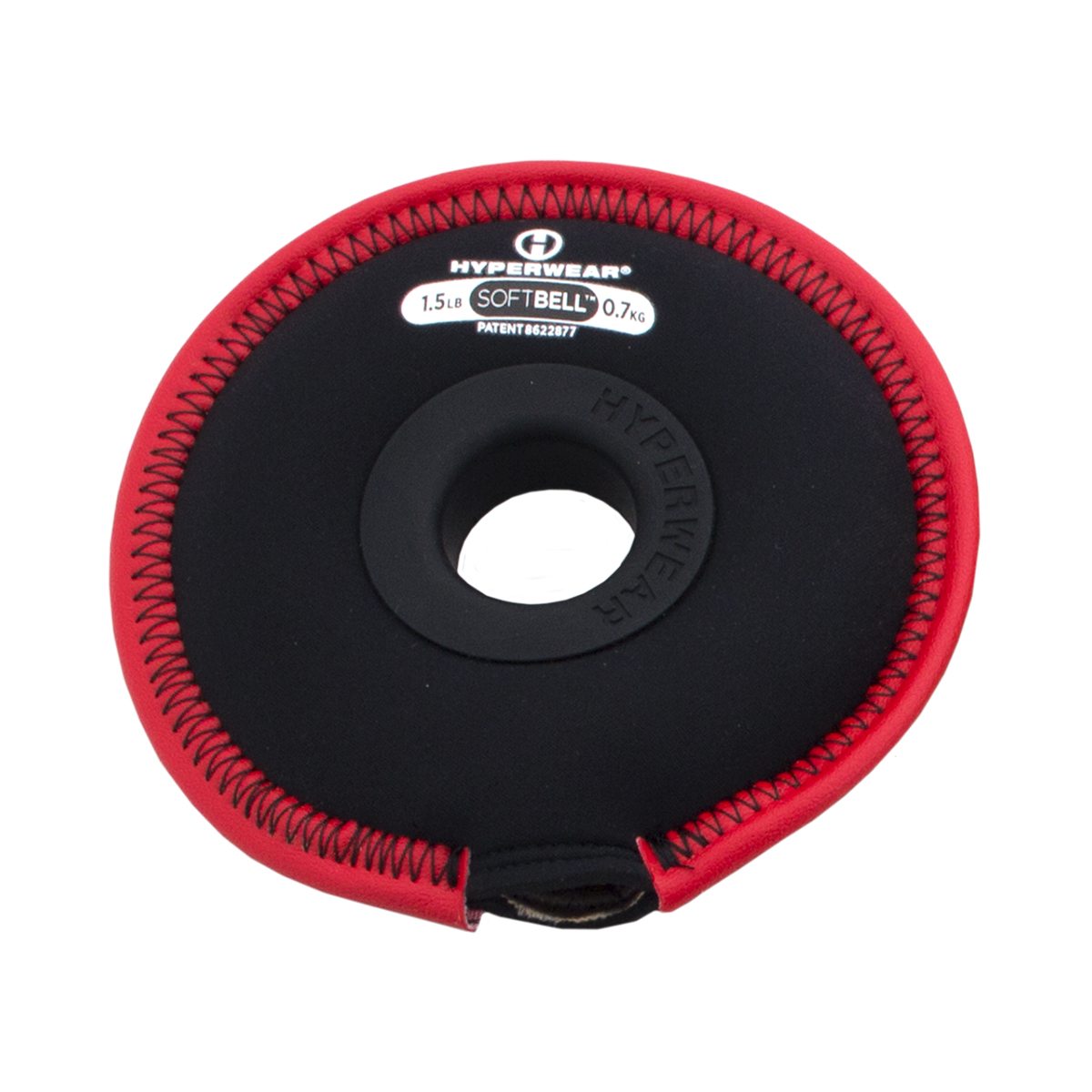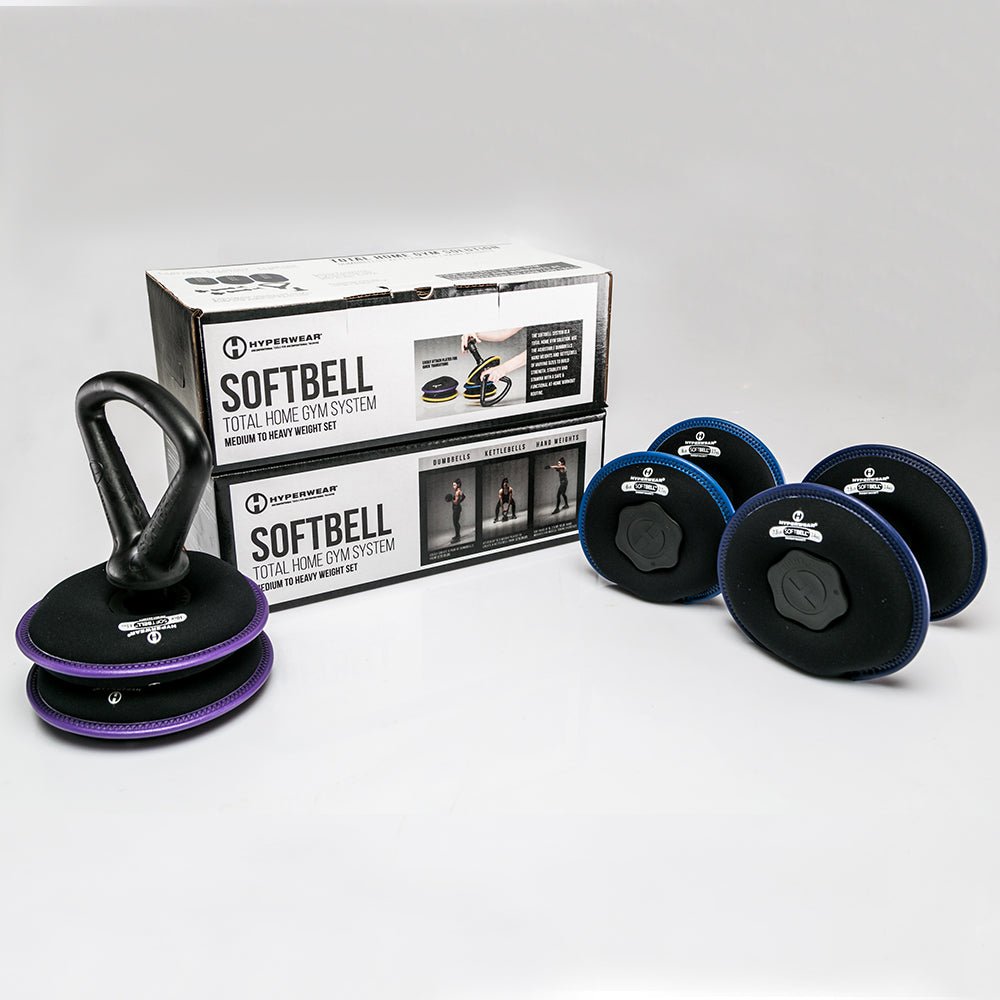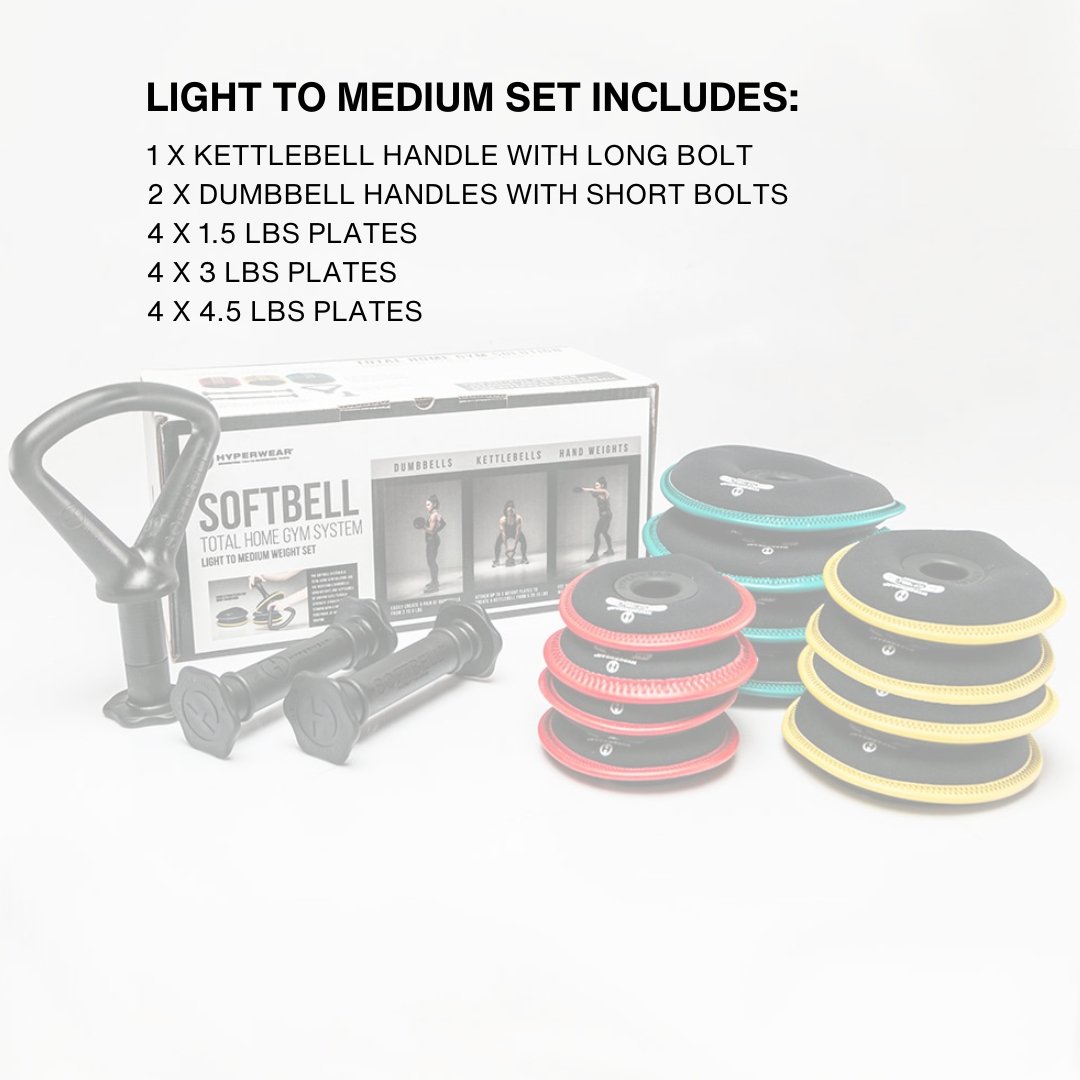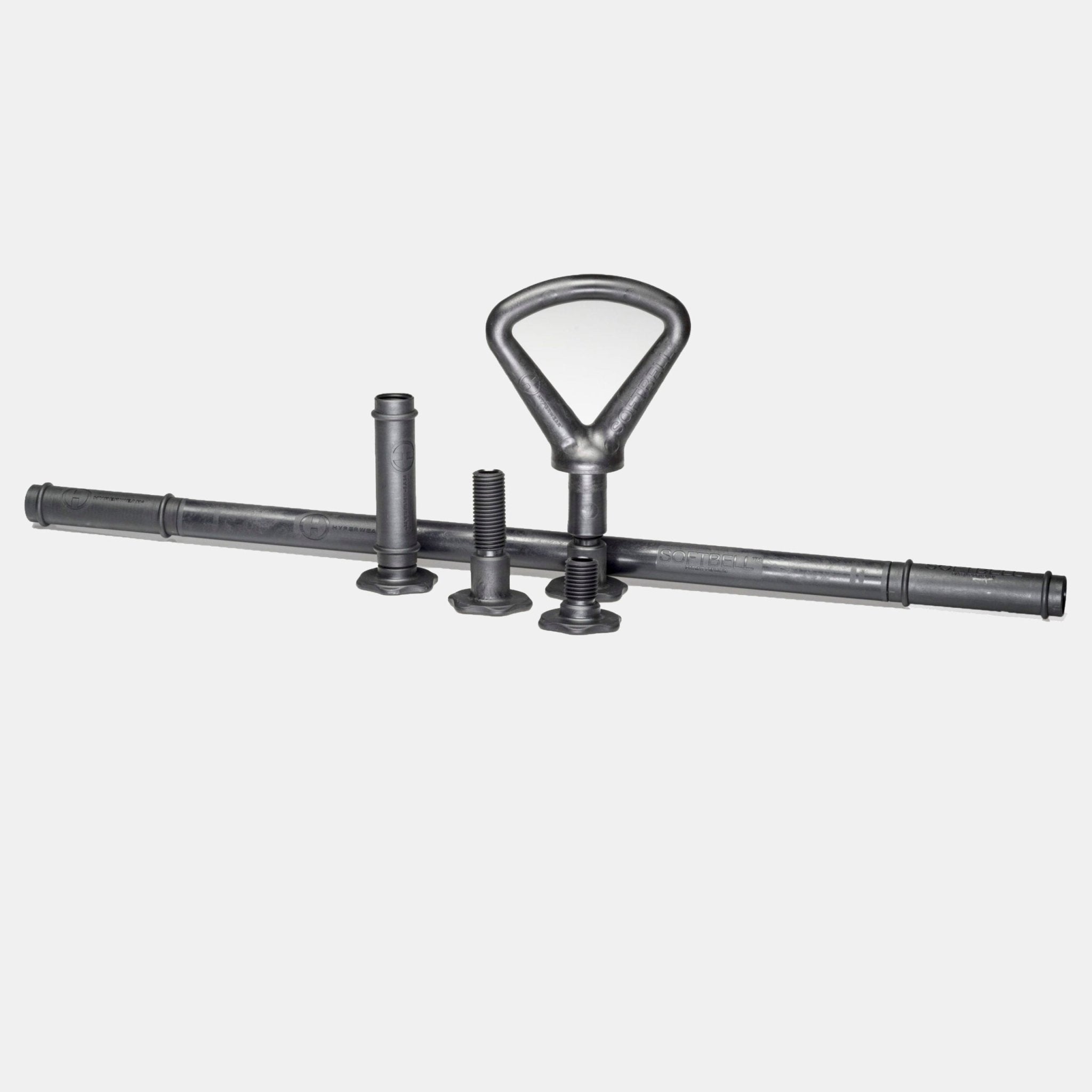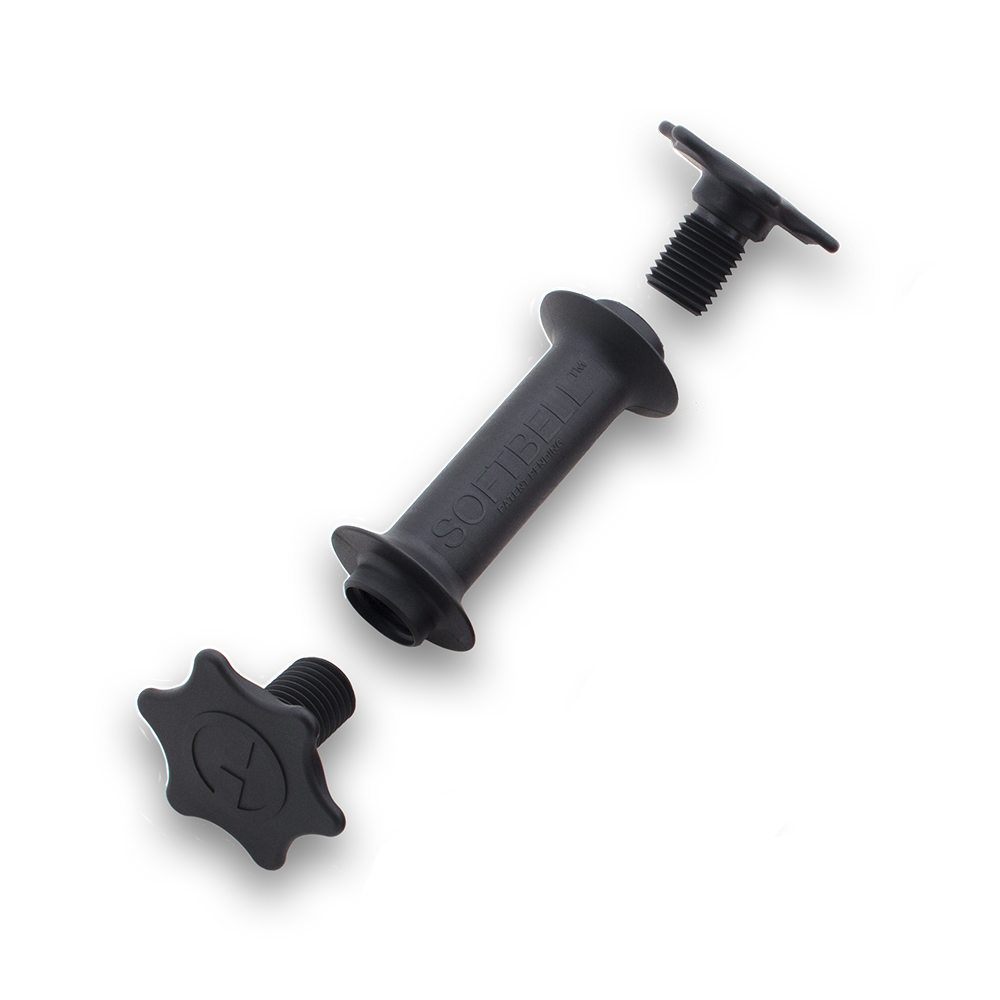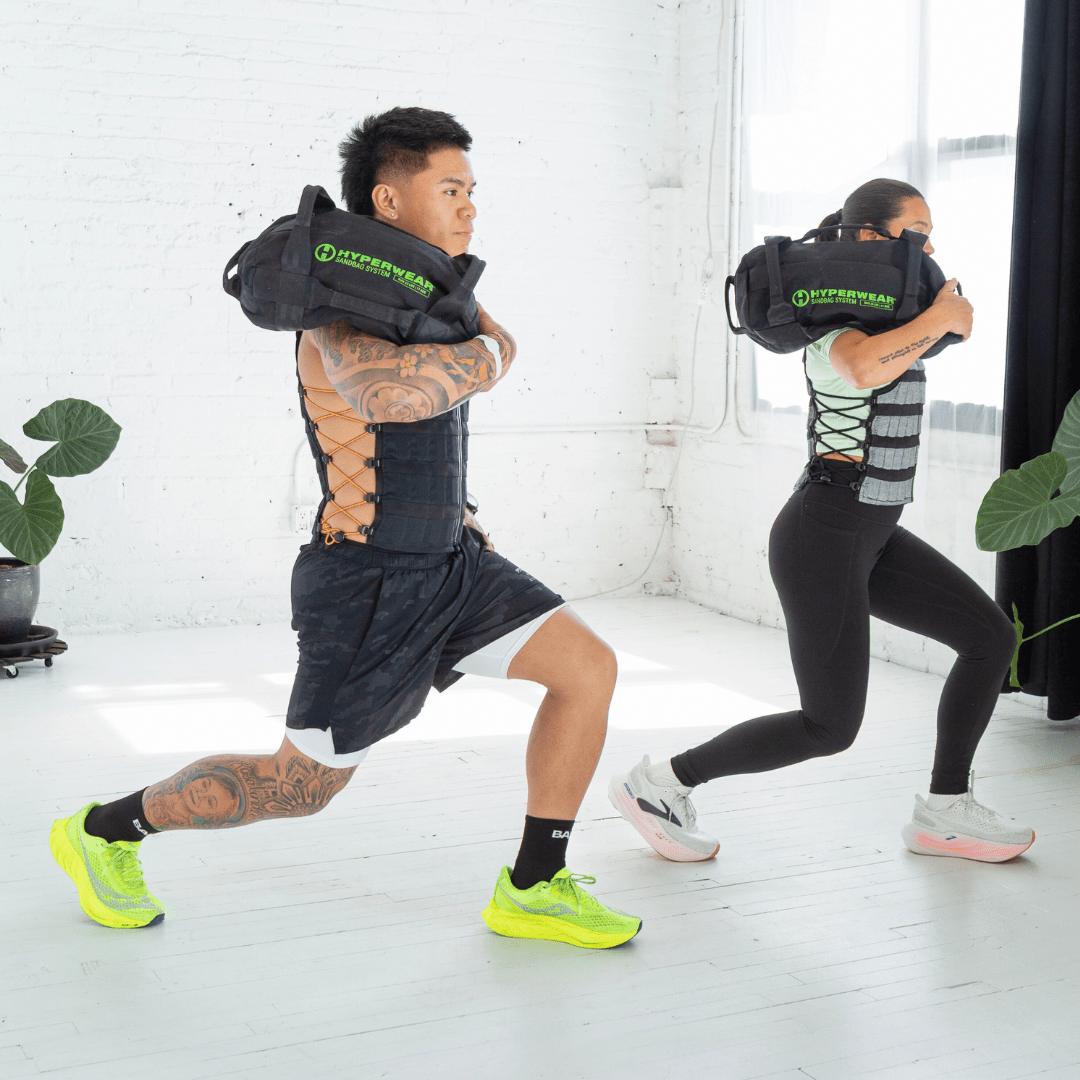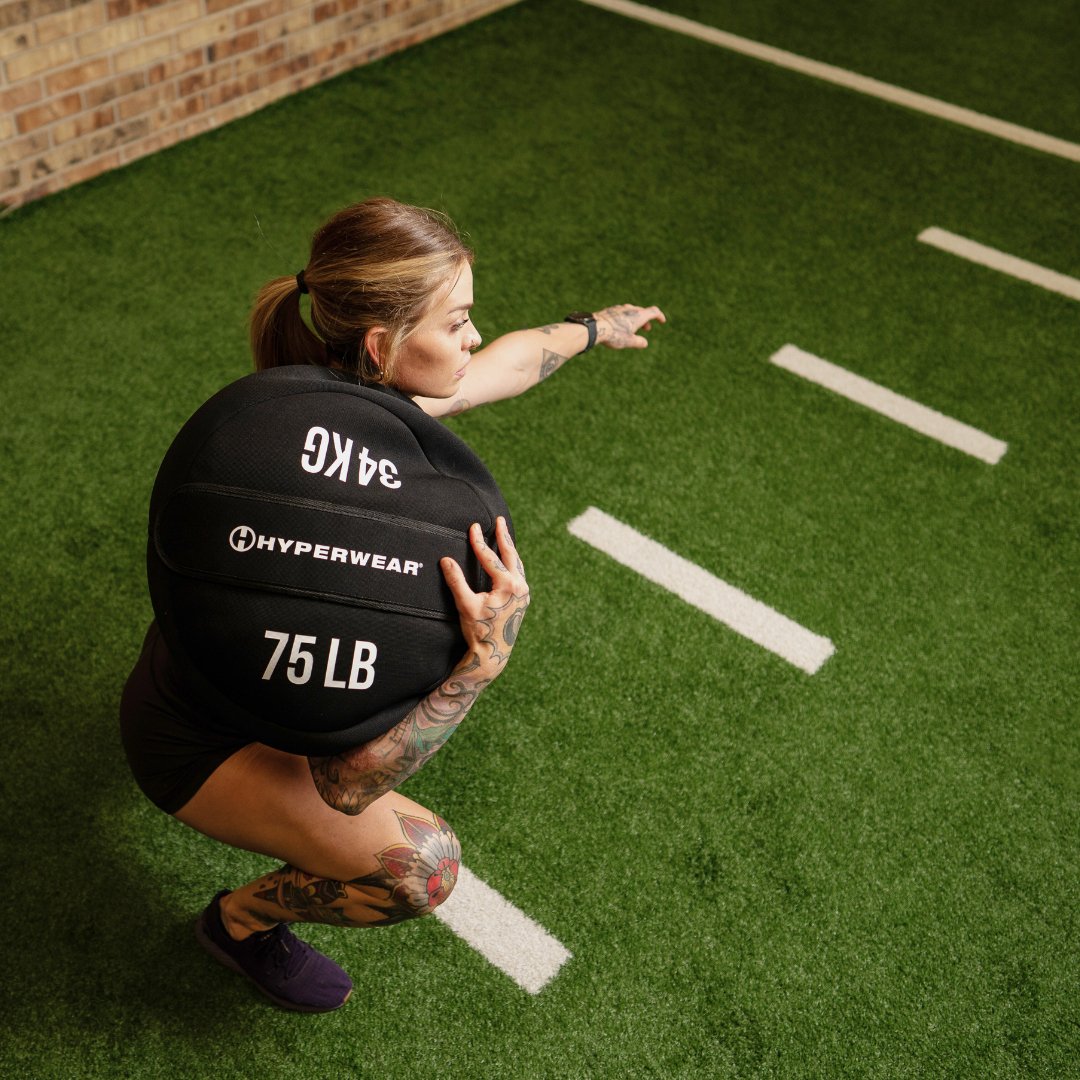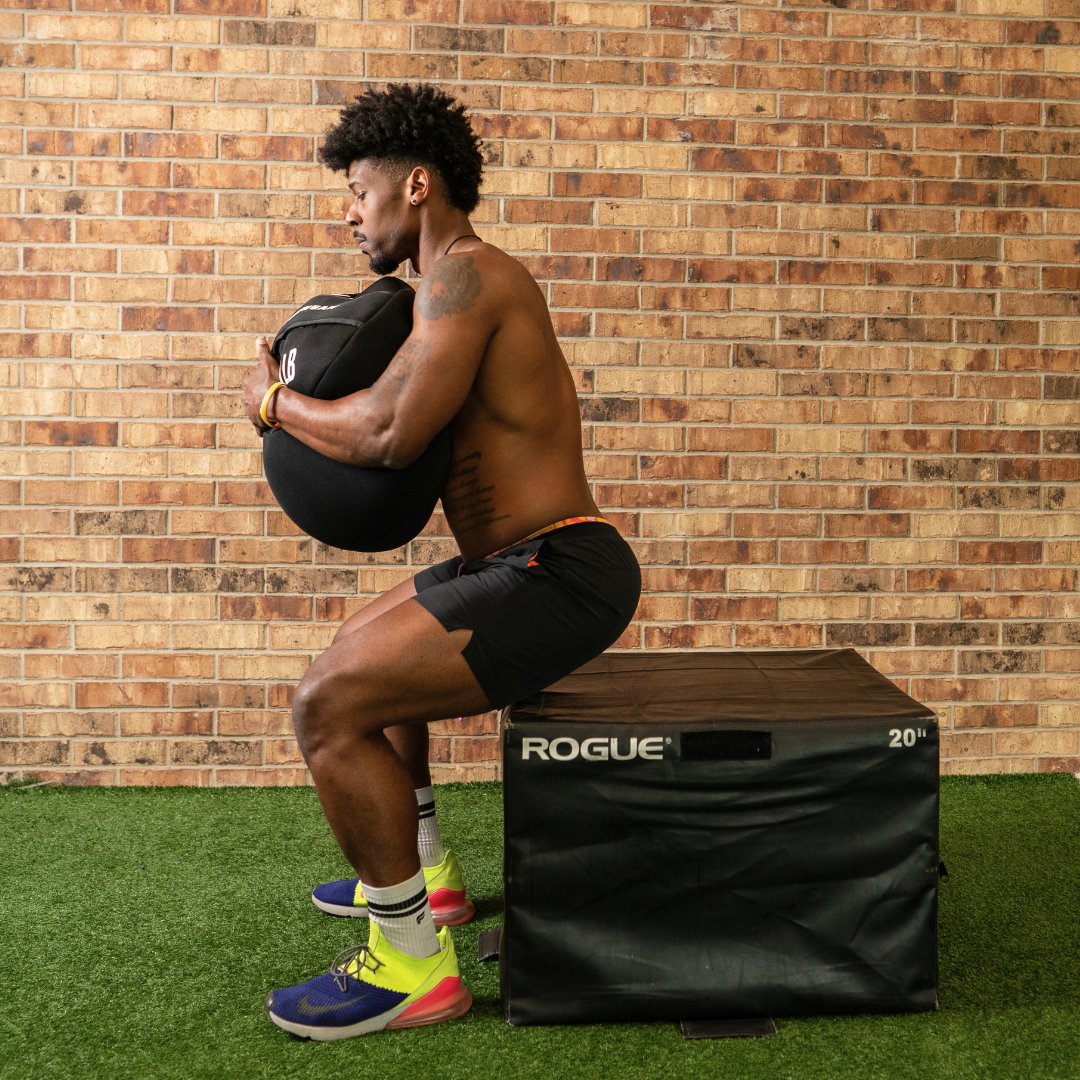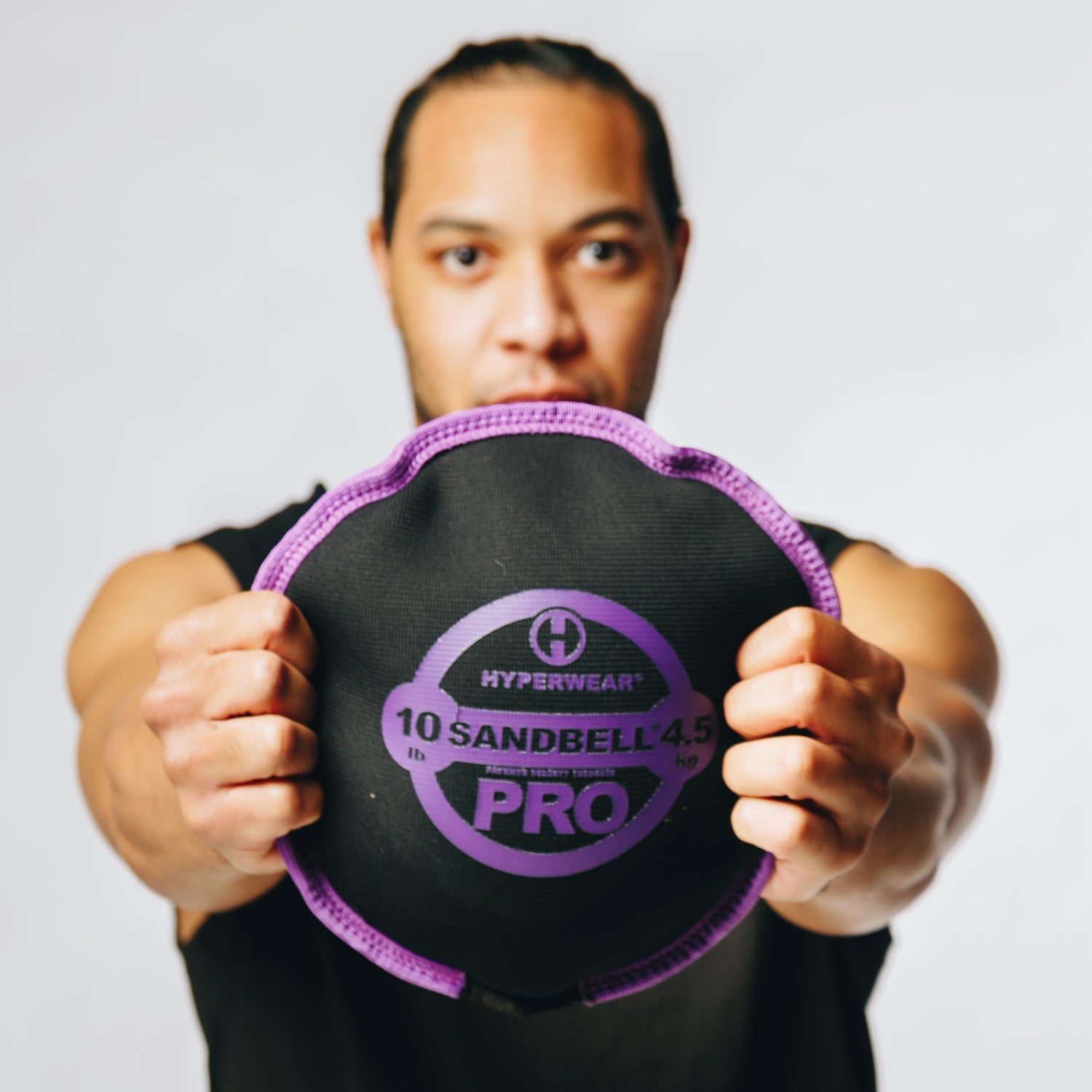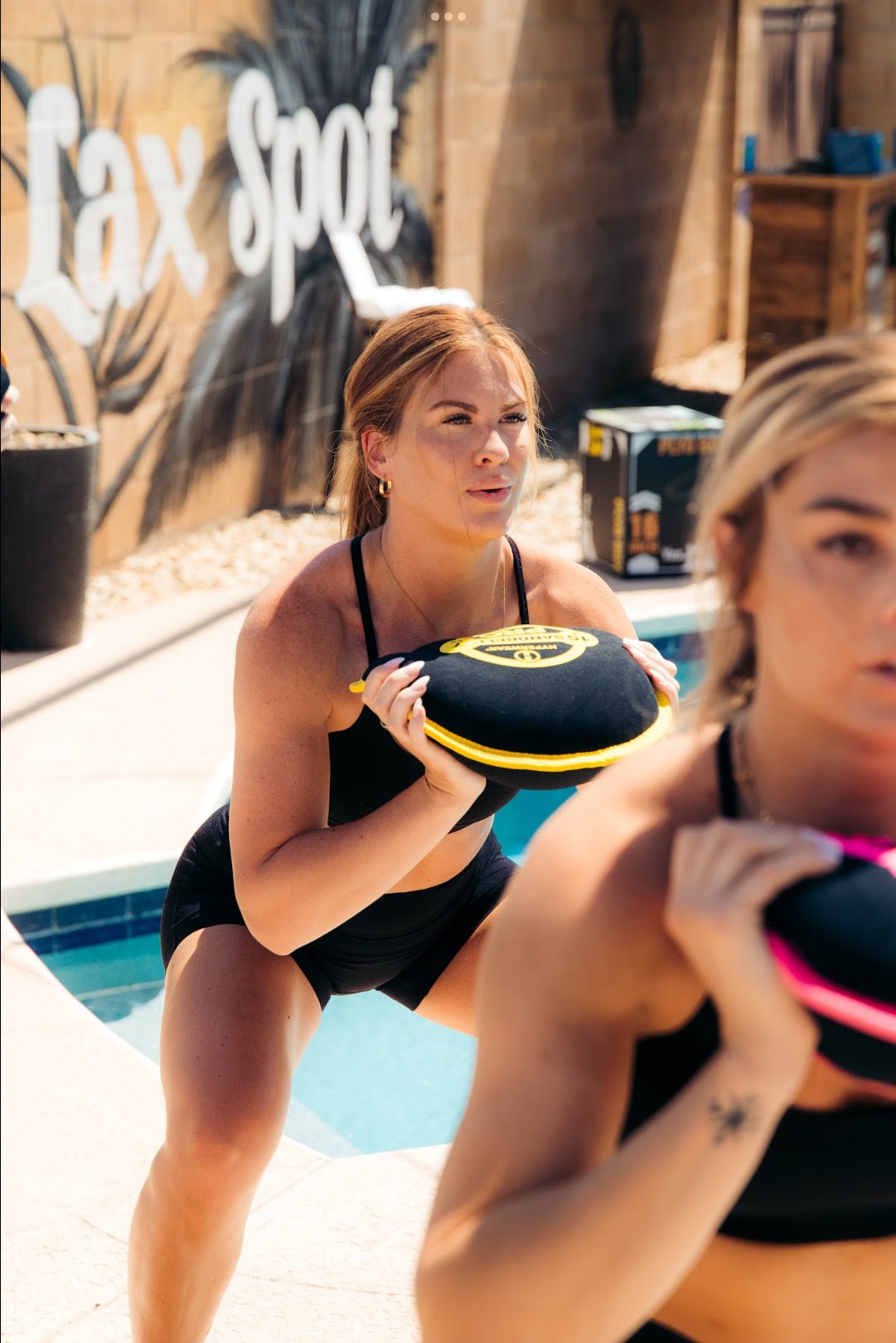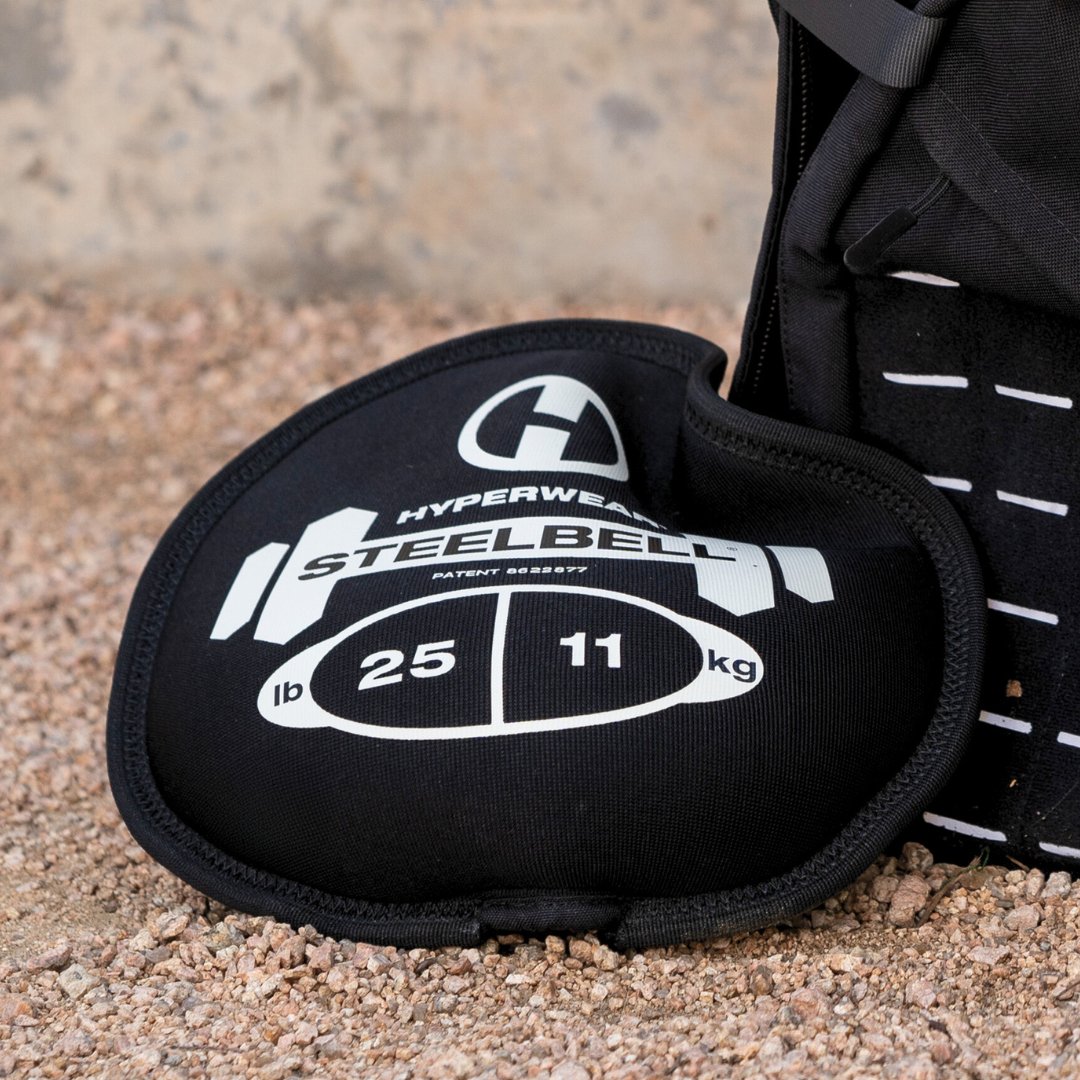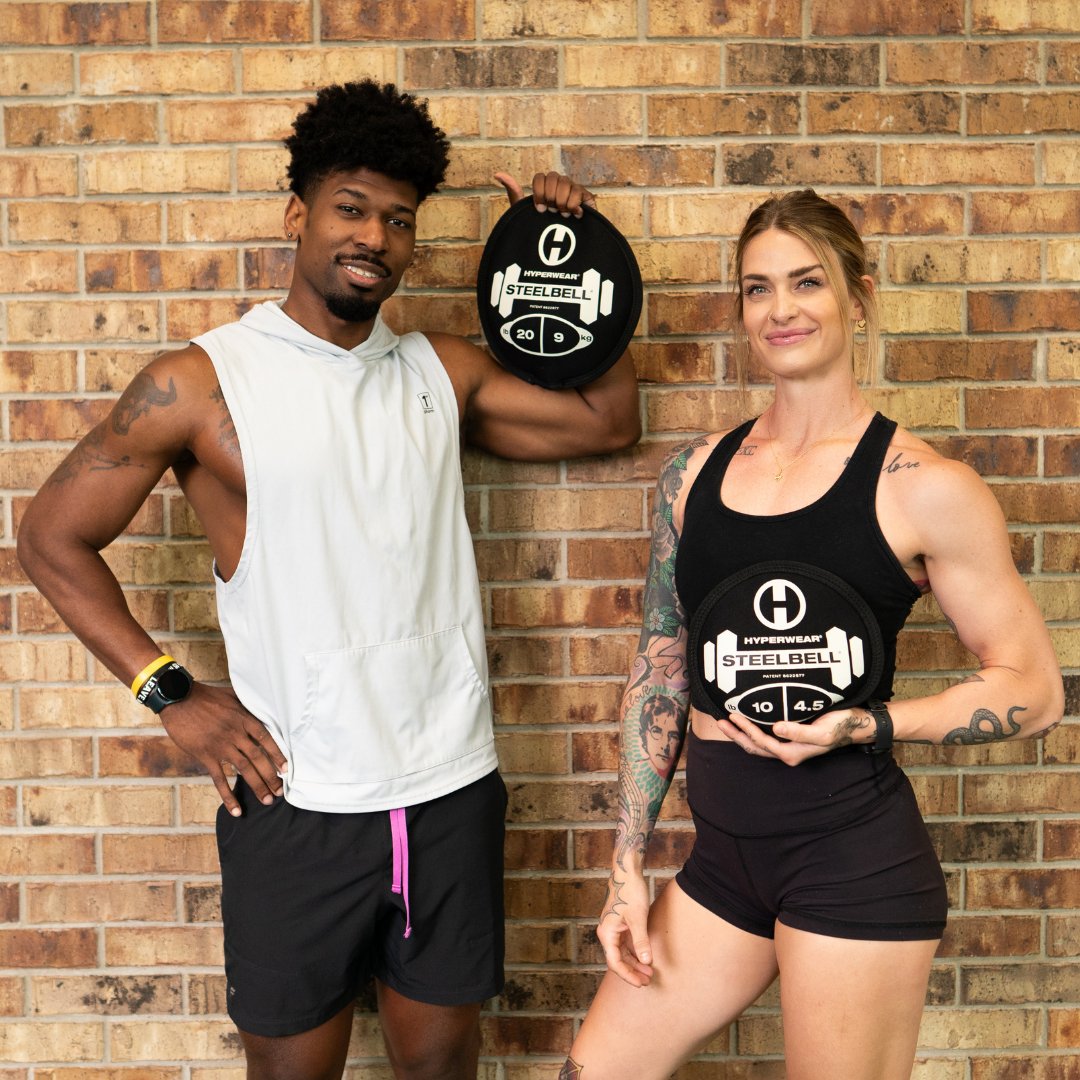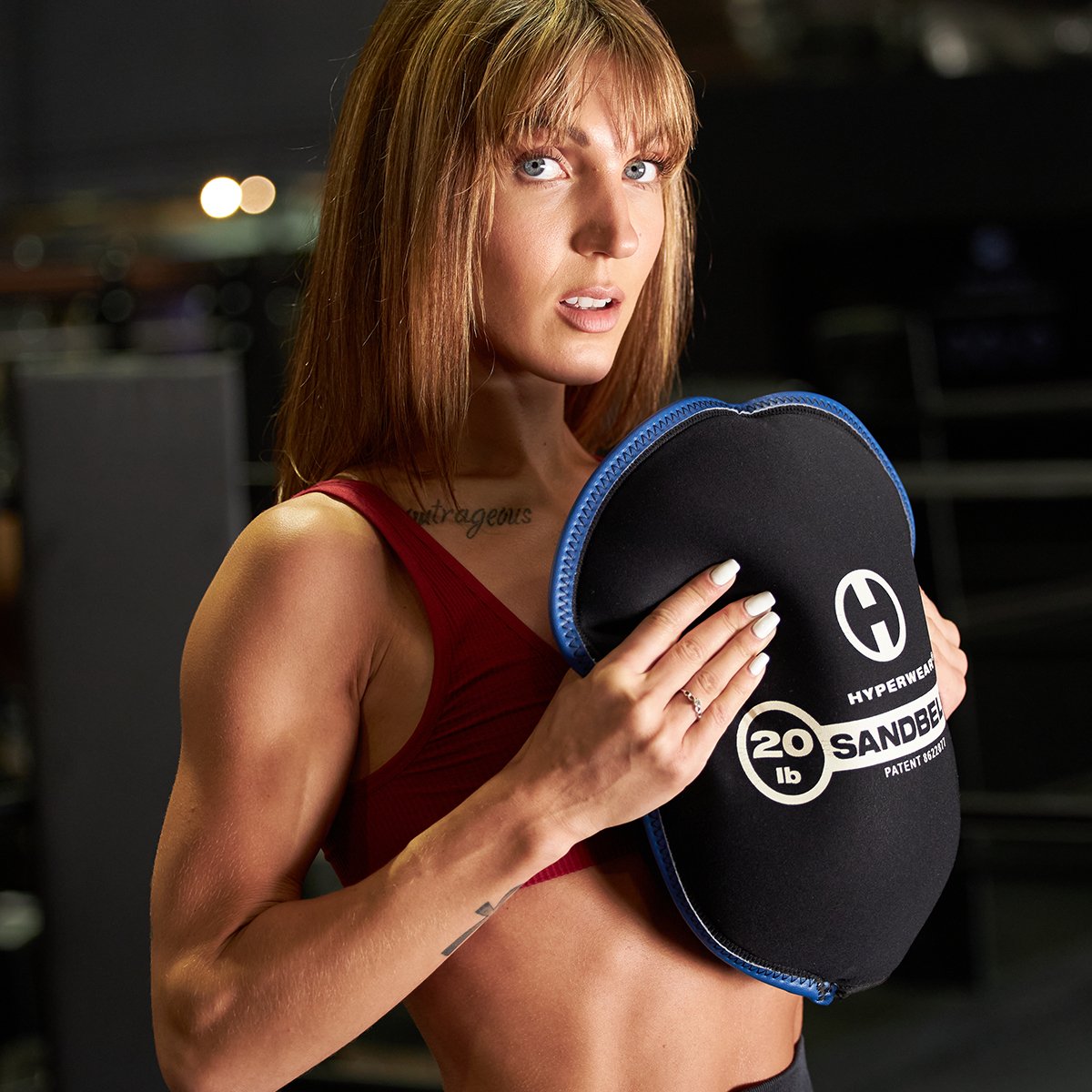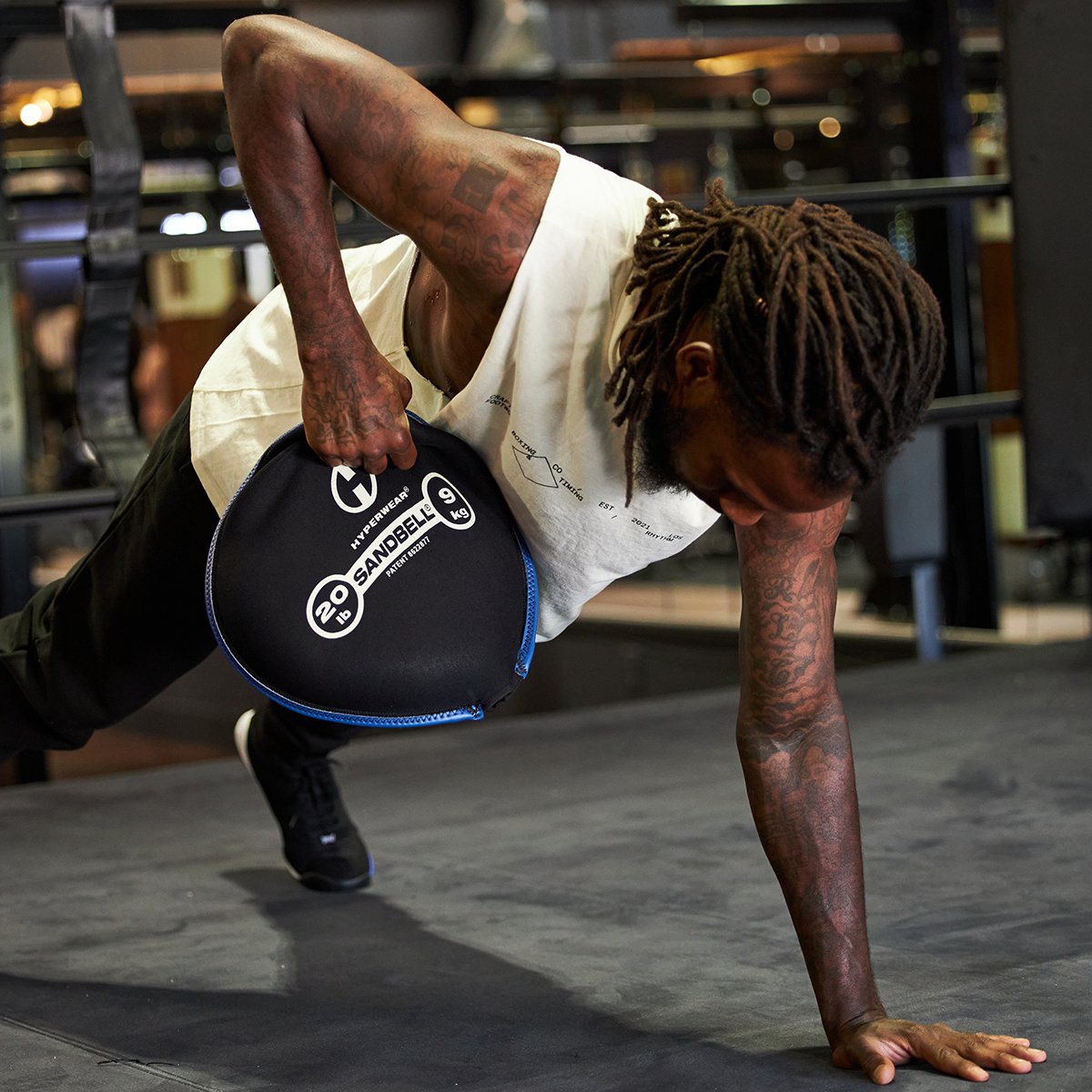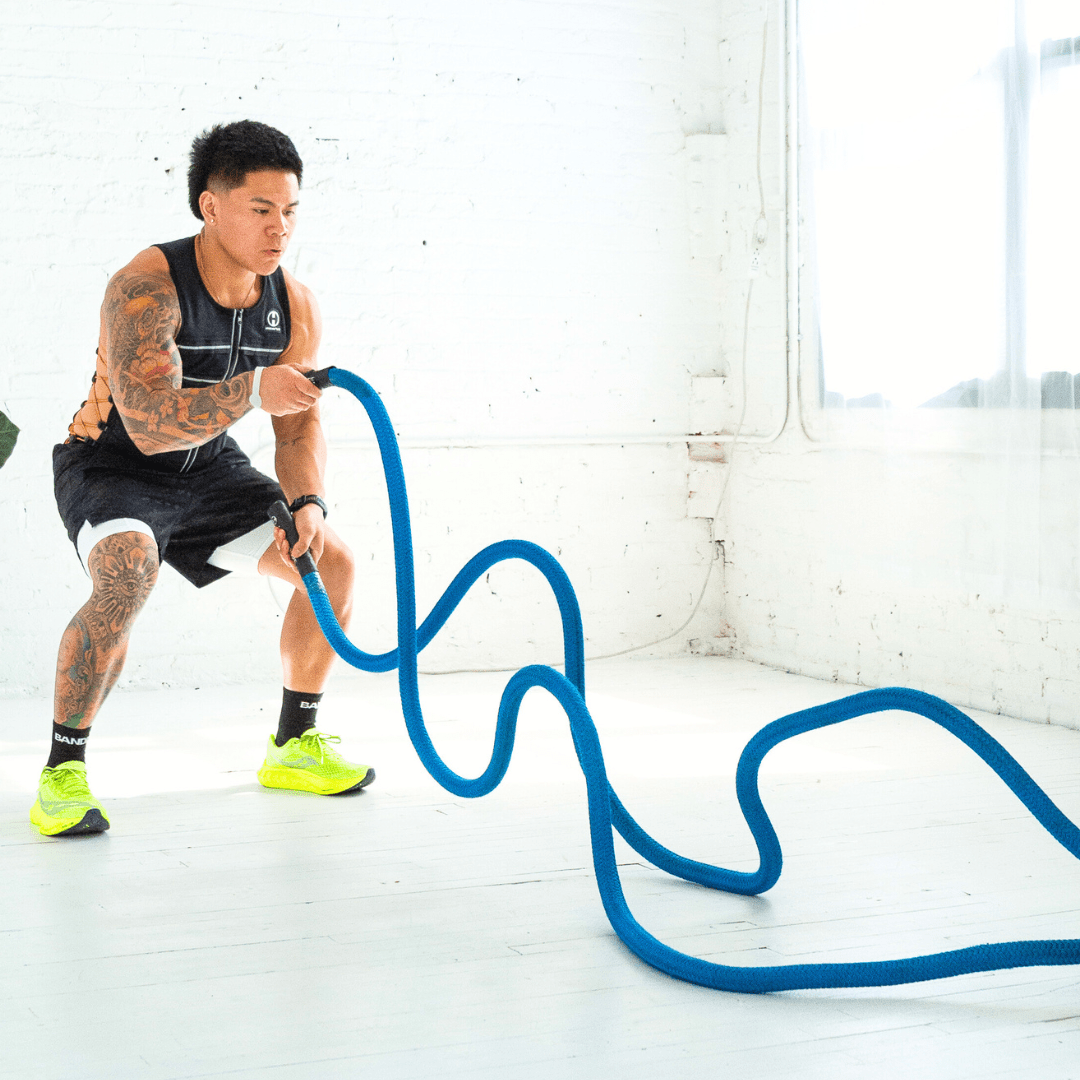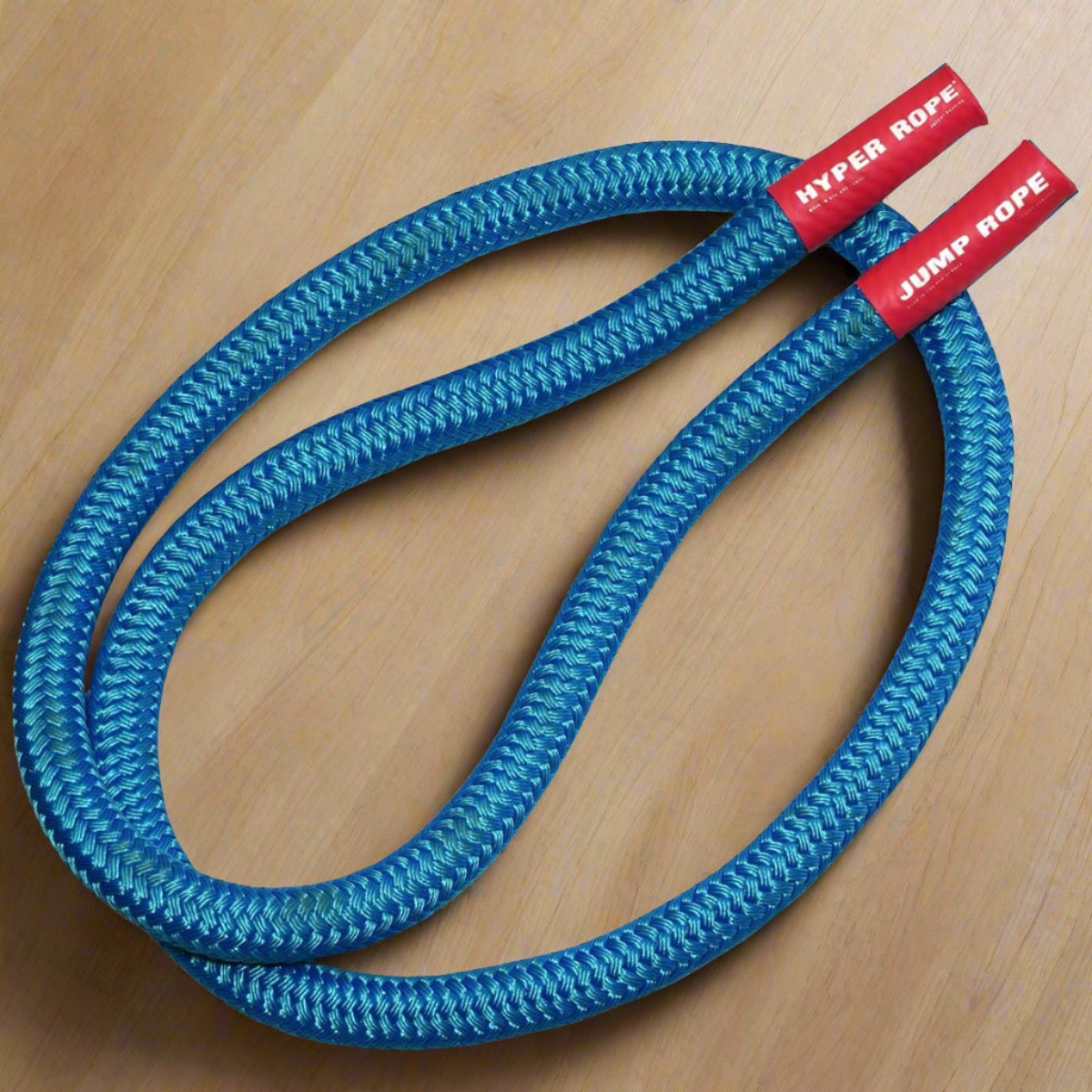Si vous avez déjà été membre d'une salle de sport internationale ou d'une salle de sport, vous avez probablement déjà utilisé une machine de fitness. La gamme d'options permet de cibler et d'isoler facilement des muscles spécifiques. Les machines affichent littéralement des images du groupe musculaire que vous ciblerez. Il y a cependant un inconvénient à cela. Le corps humain n'a pas été conçu pour travailler de manière isolée, la plupart des mouvements naturels nécessitent l'intégration de plusieurs groupes musculaires, en particulier l'intégration des muscles centraux. Lorsque nous dépendons des machines comme seule méthode d'exercice, nous perdons cette intégration musculaire, ce qui nous expose à un risque plus élevé de blessure. L'utilisation excessive de mouvements d'isolation peut entraîner une surutilisation et une incapacité à engager correctement le tronc pendant les mouvements composés. Ces trois principaux mouvements visent tous à rétablir l'intégration des muscles centraux susmentionnée.
Presse courbée SandBell
Le Bent Press est un mouvement unique qui, honnêtement, ne reçoit pas l'attention qu'il mérite. Bien sûr, le strict press debout est idéal pour faire travailler les épaules, mais au fil du temps, ce mouvement peut provoquer un pincement de l'épaule, d'autant plus que de nombreuses personnes manquent de mobilité au-dessus de la tête. Le Bent Press vous permet de soulever des poids sans risquer de vous blesser les épaules. De plus, pendant le mouvement, vous modifiez littéralement la relation entre la hanche et l'épaule chargée. Vous vous dites peut-être : « La hanche et l'épaule ont une relation ? » Oui, c'est le cas et leur soirée en amoureux devrait avoir lieu au moins deux fois par semaine. N'oubliez pas que votre corps n'est pas censé être statique. Ainsi, plus vous serez fort avec vos hanches et vos épaules dans différentes positions, plus vous serez en sécurité et fonctionnel.
En fonction de votre style de vie ou de votre routine d'entraînement passée, votre colonne vertébrale peut devenir raide et rigide, perdant sa capacité de rotation. Lorsque cela se produit, le symptôme se présente généralement sous forme de lombalgie. En d'autres termes, la lombalgie peut survenir lorsque la capacité de rotation a été négligée dans une routine d'entraînement. L'exécution de mouvements intégratifs comme le Bent Press atténuera et préviendra les lombalgies actuelles et futures. Pendant ce mouvement, la colonne vertébrale doit fléchir latéralement (se pencher sur le côté) afin d'effectuer ce mouvement correctement. Ce mouvement oblige les obliques, un muscle central important mais souvent négligé, à s'engager et à soutenir votre colonne vertébrale. Lorsque des muscles comme les obliques et les abdominaux transversaux sont intégrés à votre entraînement, vous serez plus fort et aurez moins de risques de blessure. Assurez-vous de regarder la vidéo pour comprendre comment effectuer correctement ce mouvement.
SandBell - Fente inversée et hachage
Avez-vous déjà entendu une chanson classique remixée avec votre genre new age préféré et le son est incroyable ? C'est à peu près ce qu'est le reverse lunge chop. Le reverse lunge est l'un de mes mouvements préférés car les gens sont plus susceptibles de l'exécuter correctement et il est facile de progresser par rapport aux autres variantes de fentes. Aussi génial soit-il, il manque le composant nécessaire sur lequel cet article a été écrit, la rotation pour l'intégration des muscles du tronc. L'ajout d'un mouvement de chop à ce mouvement conduit à une meilleure intégration du tronc. Nous savons maintenant qu'une plus grande intégration du tronc nous rendra plus forts et réduira et préviendra les douleurs lombaires.
Lorsque vous apprenez ce mouvement pour la première fois, je vous recommande de couper la jambe qui est devant vous. Lorsque votre cuisse est parallèle au sol. Nous appelons cela une position de flexion de la hanche. Lorsque le corps est en flexion de la hanche, les fibres musculaires du tronc sont raccourcies, ce qui facilite l'engagement du tronc. Ainsi, couper de cette façon facilitera un meilleur engagement du tronc et sera plus naturel. Au fil du temps, il serait bénéfique d'apprendre à couper la jambe avec le genou baissé. Il est important d'apprendre à engager le tronc dans les positions courtes et longues. Cependant, pour la plupart des gens, engager le tronc dans une position longue est presque impossible, alors restons simples pour l'instant.
Gilet lesté Pike Push-up avec portée des orteils
À l’approche de l’été, le besoin de bras, d’épaules et de dos plus gros devient de plus en plus important pour les hommes comme moi. Le Pike Push-up est un excellent moyen de développer tous les éléments susmentionnés. De plus, l’exécution de cette variante spécifique de pompes a un transfert direct vers les mouvements de pression au-dessus de la tête, c’est-à-dire la presse poussée avec haltères. Garder les coudes bien repliés pendant que vous faites le Pike Push-up fait travailler le dentelé antérieur et le grand dorsal. Le dentelé antérieur est responsable du contrôle de l’omoplate et de la stabilisation de l’épaule lorsqu’elle entre en flexion. Le grand dorsal, quant à lui, s’attache à l’humérus (le gros os du bras) et aide à la rotation interne et externe de l’articulation à rotule. Les deux muscles sont nécessaires pour lancer du poids au-dessus de la tête.
Une composante rotationnelle peut également être ajoutée à la pompe pike, ce qui la rend plus difficile et plus bénéfique pour la personne qui l’exécute. En théorie, c’est simple, mais en pratique, c’est beaucoup plus difficile. Pour effectuer une rotation correcte dans cette position pike, les bras et les jambes doivent être complètement étendus, ce qui vous amène à être dans une position en « V » à l’envers. Une fois dans cette position, soulevez une main du sol et tendez la main vers le pied opposé (de la main droite vers le pied gauche). Ce petit mouvement provoque une rotation interne de l’épaule, une rotation et une flexion latérale de la colonne vertébrale. La rotation interne de l’épaule est nécessaire pour la plupart des mouvements au-dessus de la tête et, comme nous l’avons vu précédemment, la flexion latérale et la rotation de la colonne vertébrale aident à atténuer les douleurs lombaires.
Jon Brown, propriétaire d' Empirical Fitness à Austin, Texas
VOIR SUR YOUTUBE
VOIR PLUS DE CONSEILS DE FORMATION
ENDURANCE MUSCULAIRE AVEC L'HYPER ROPE
EXERCICES RÉACTIONNAIRES AVEC L'HYPER GILET
LES 3 MEILLEURS EXERCICES POUR RESTER FONCTIONNELLEMENT EN FORME
